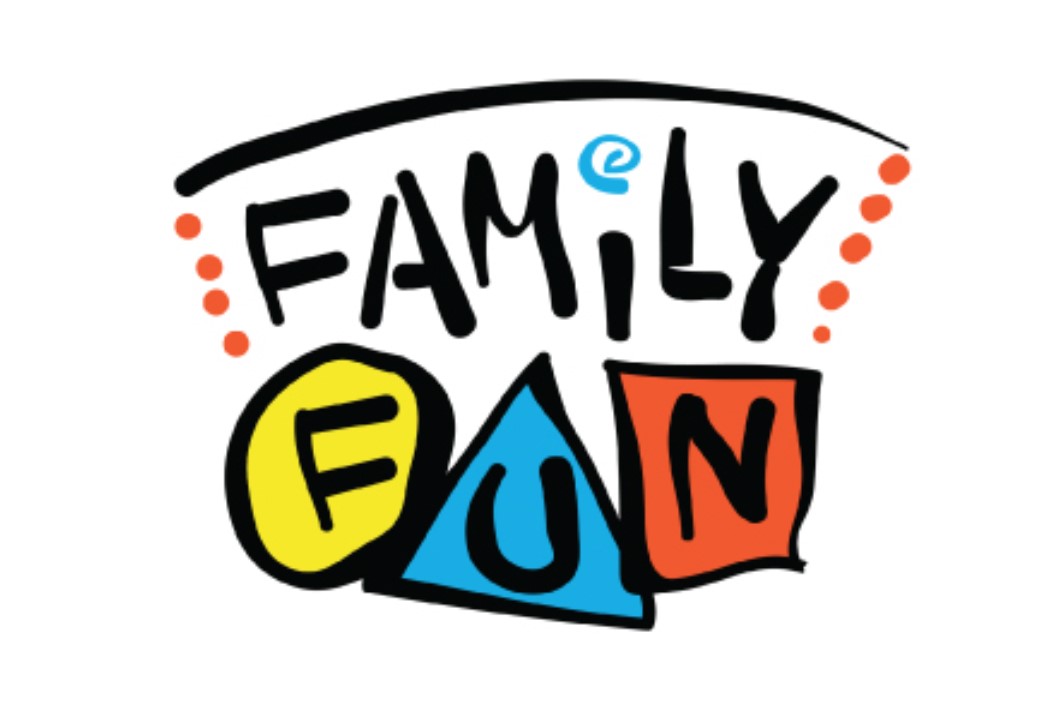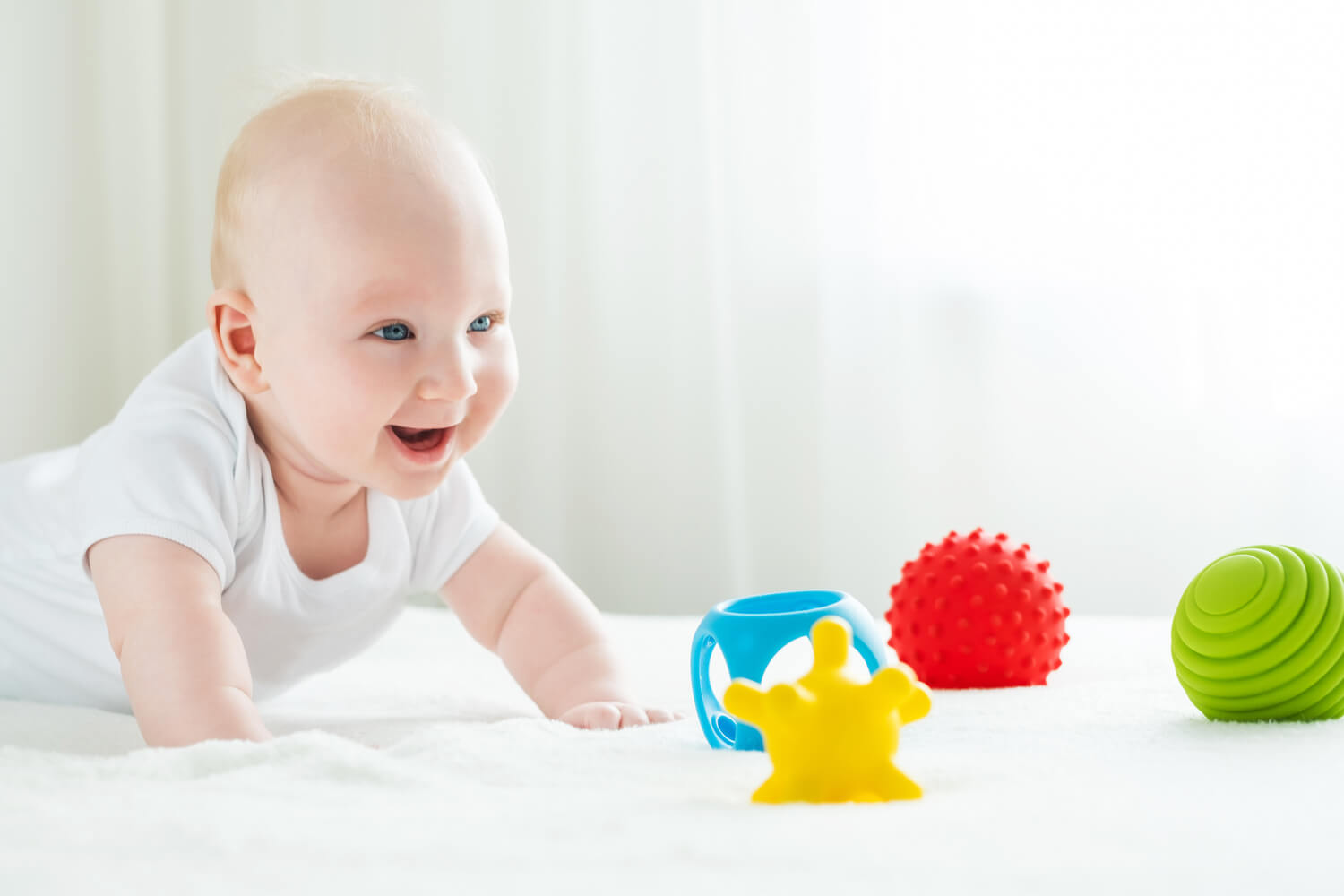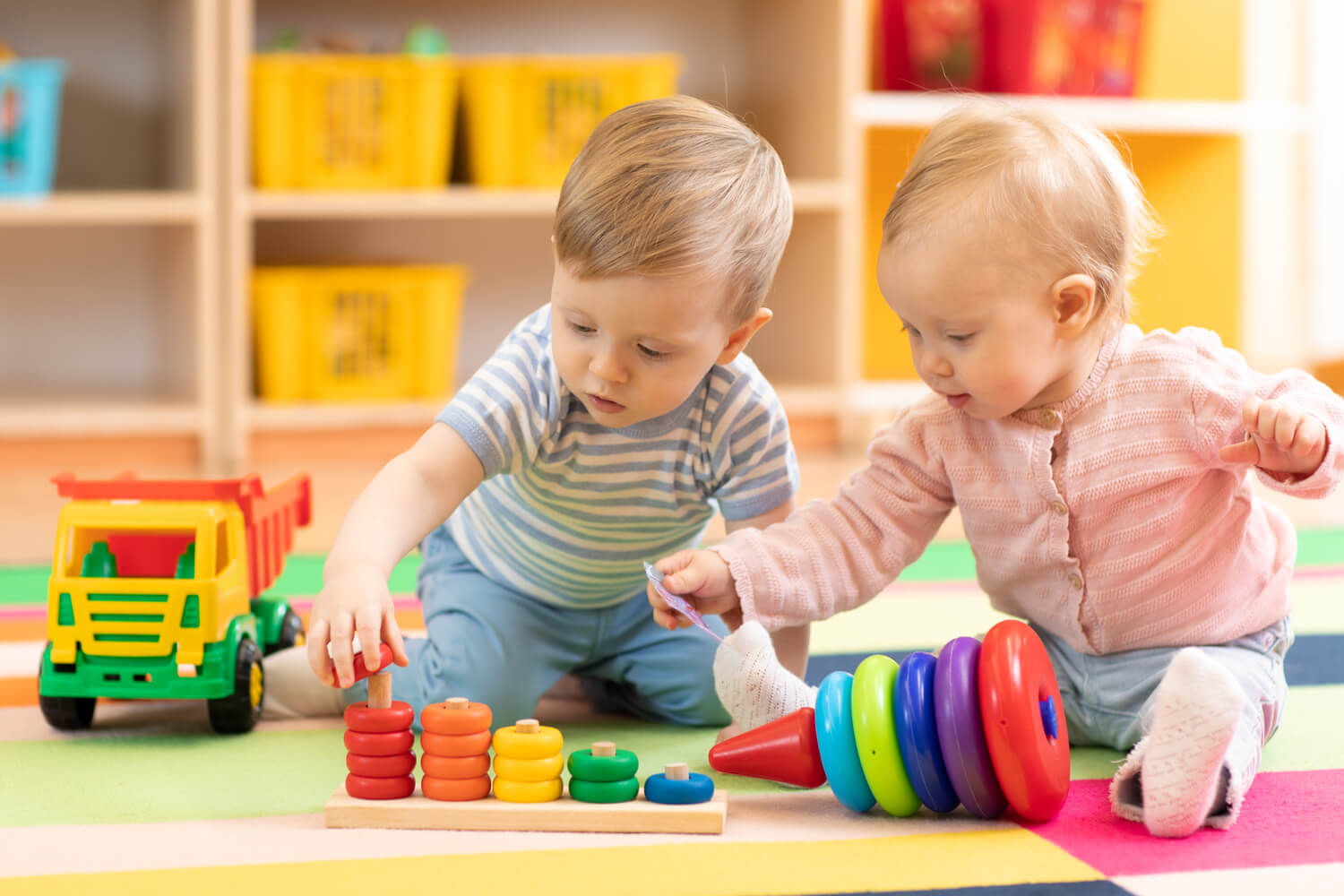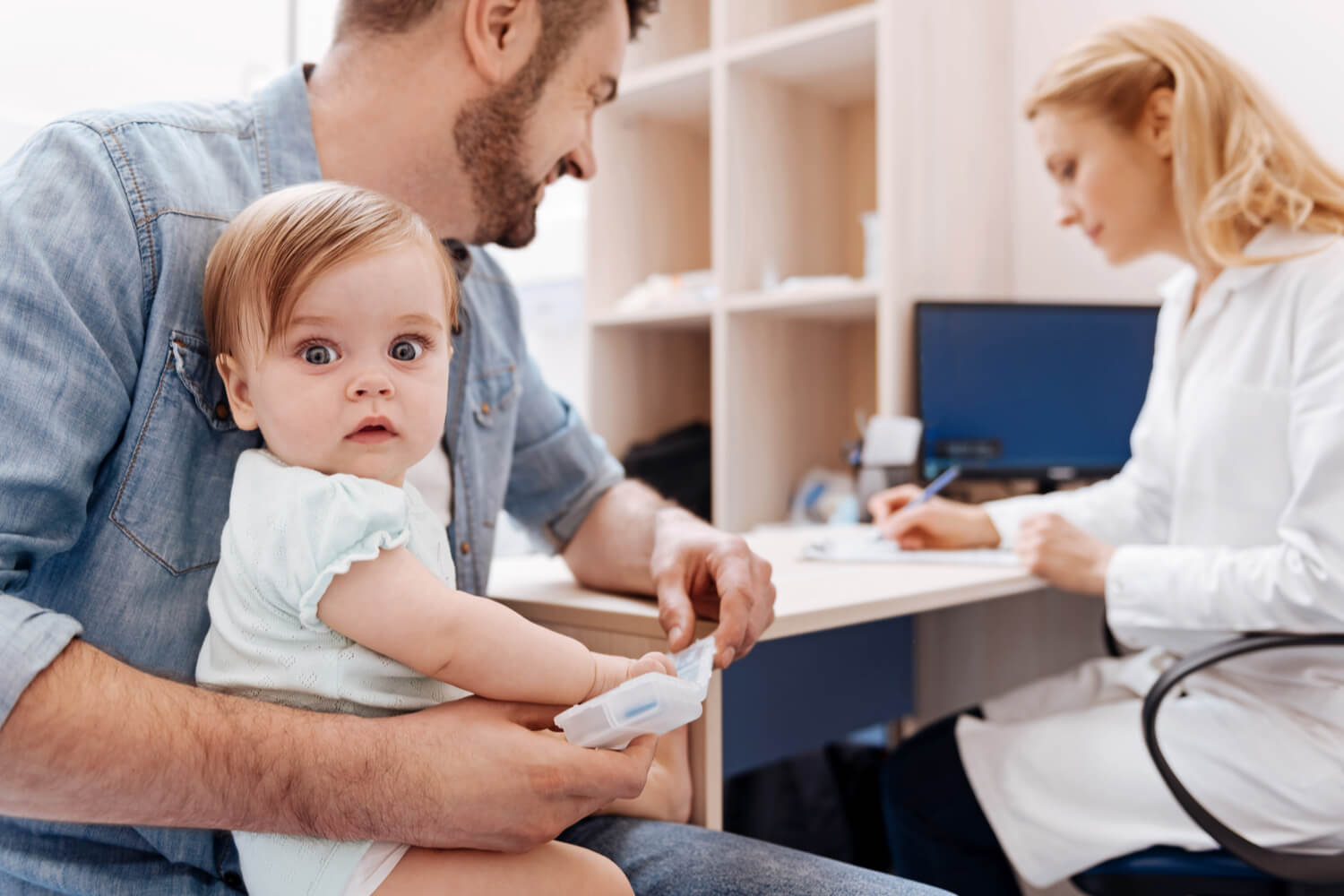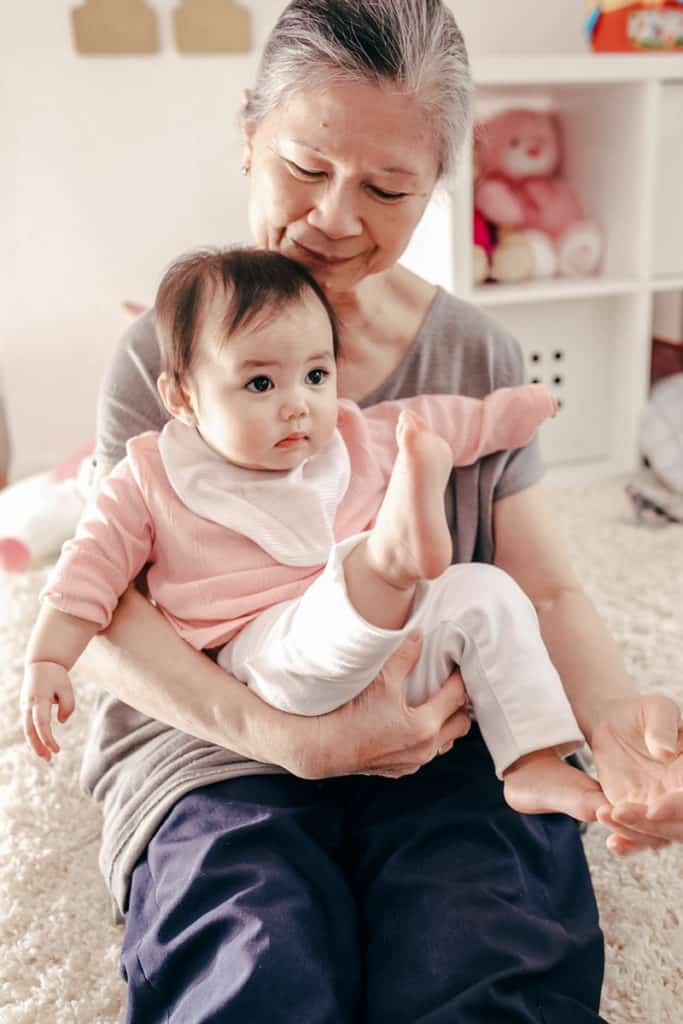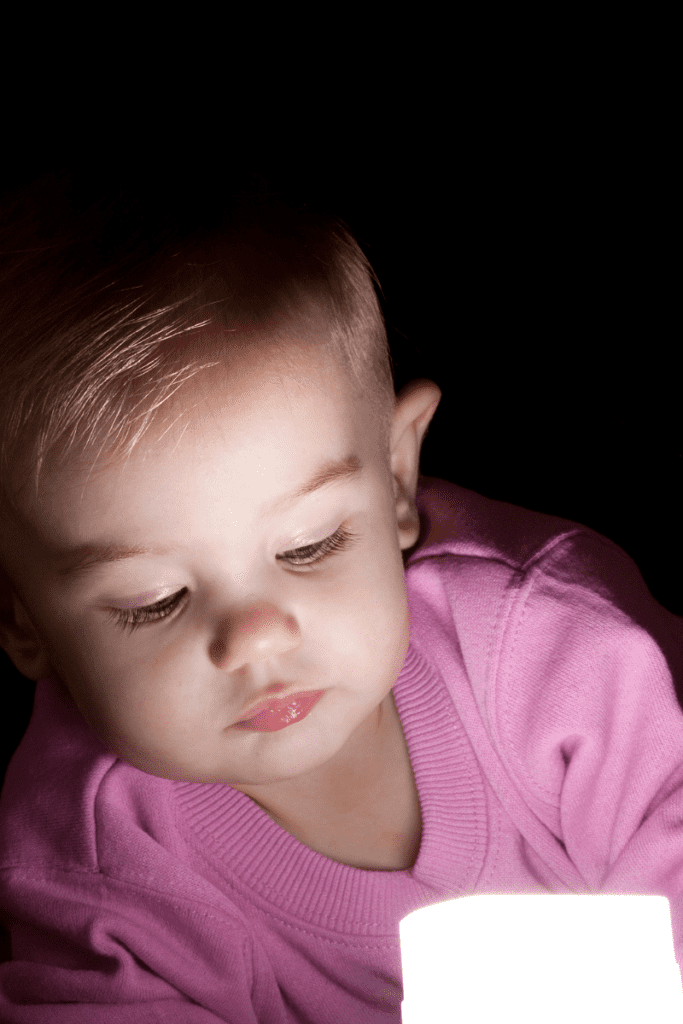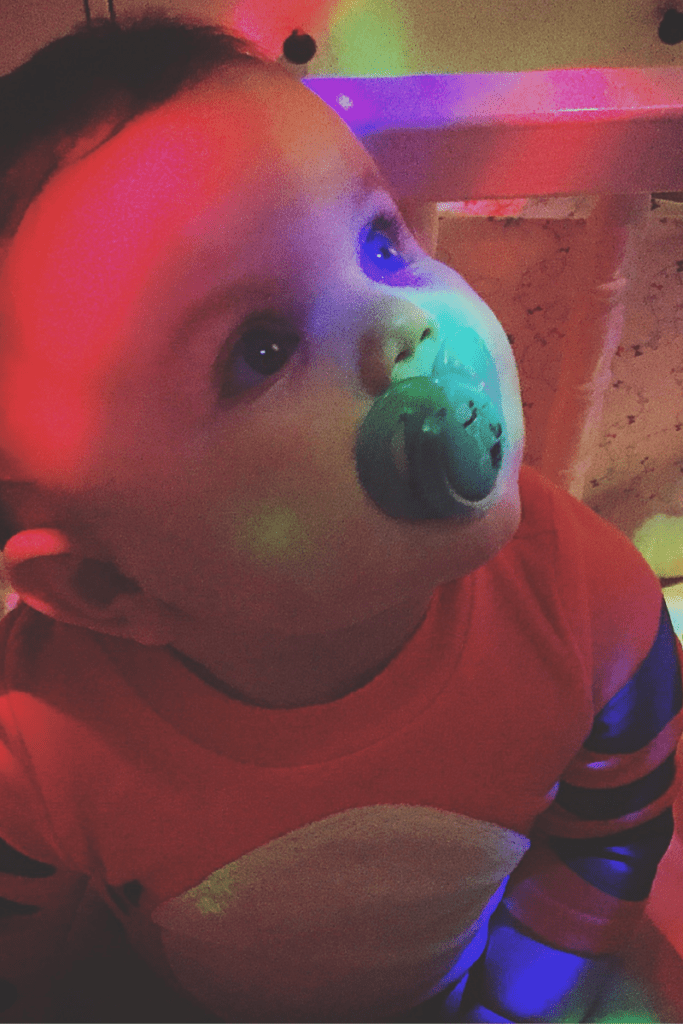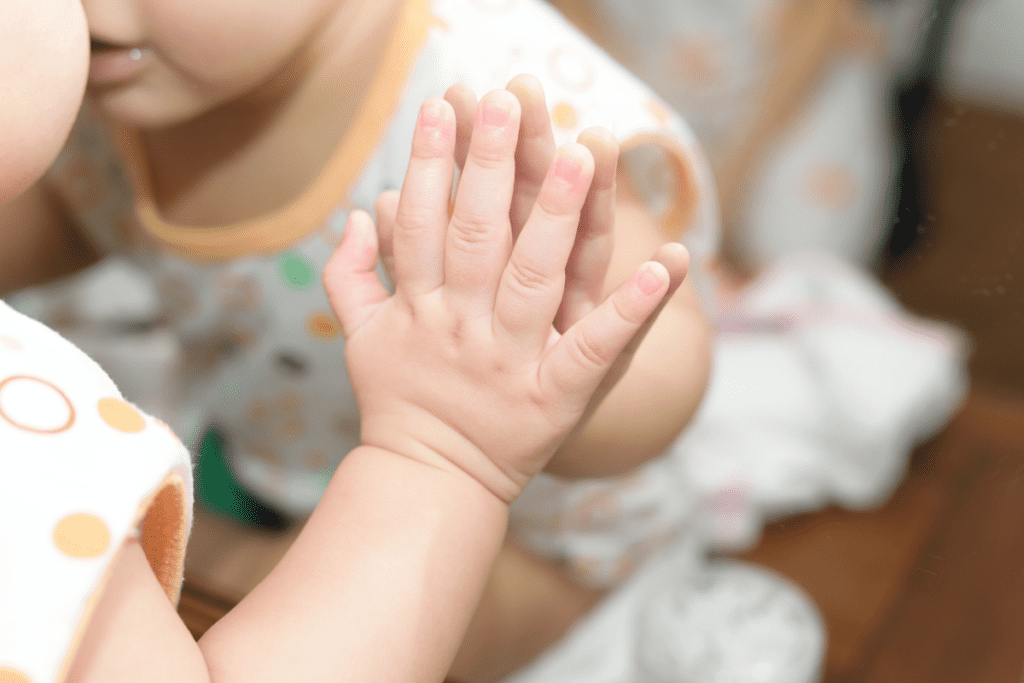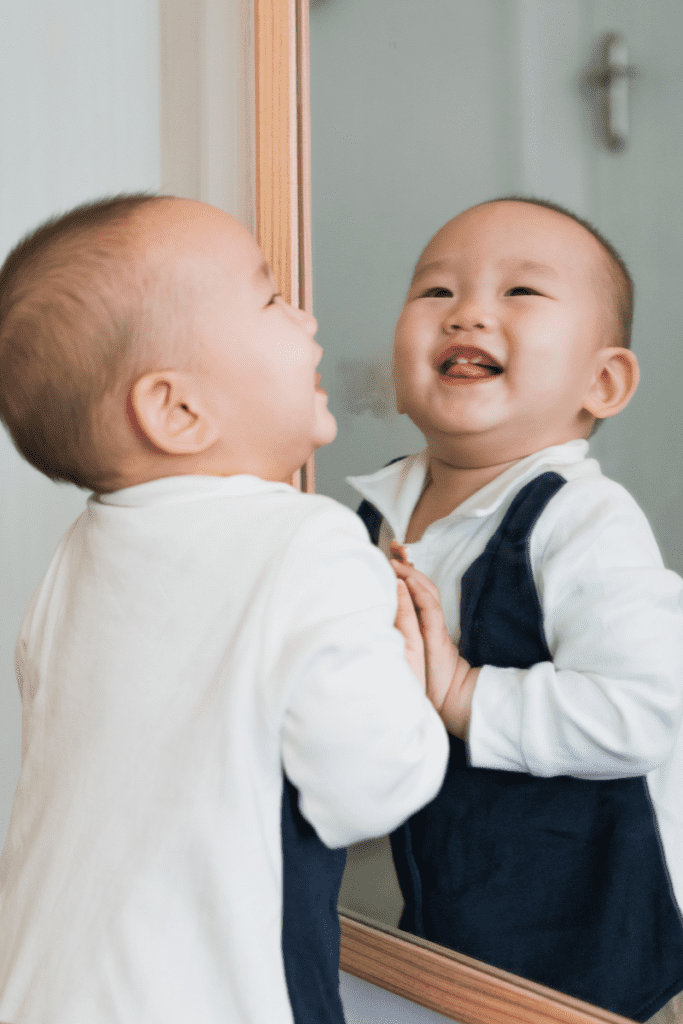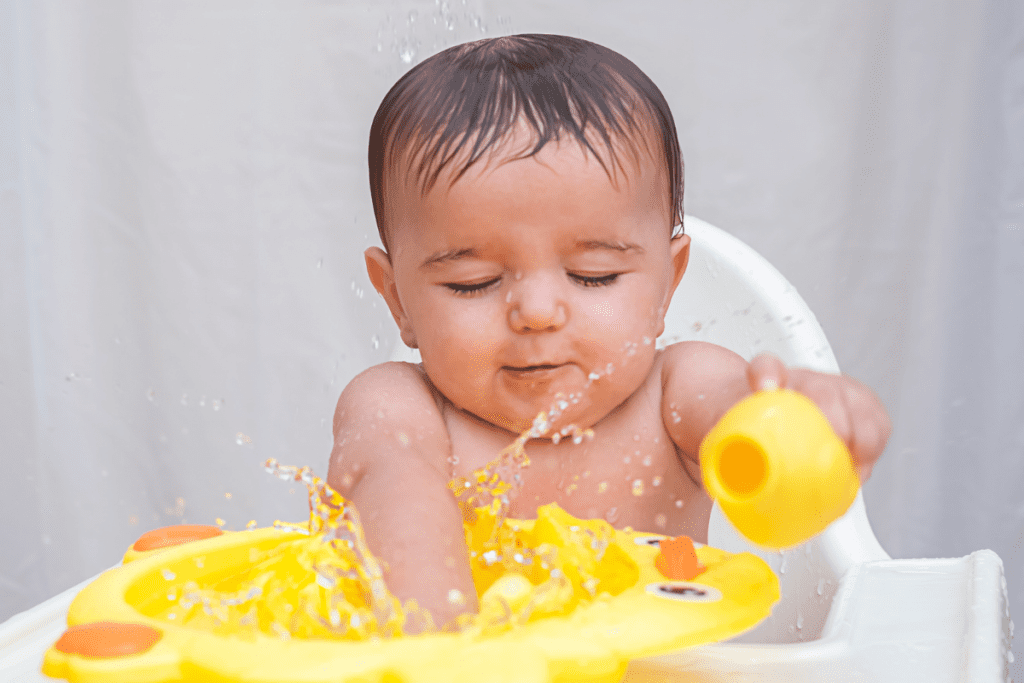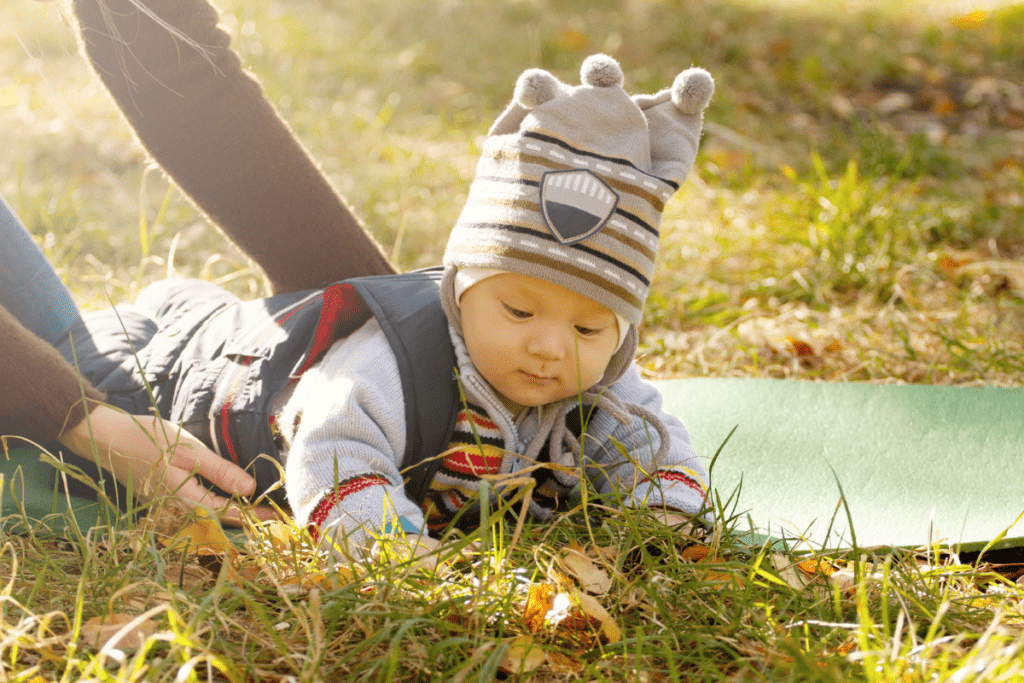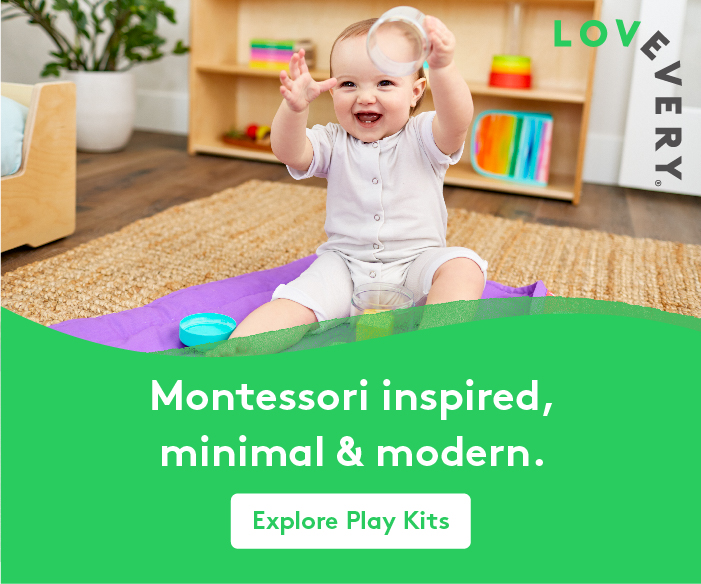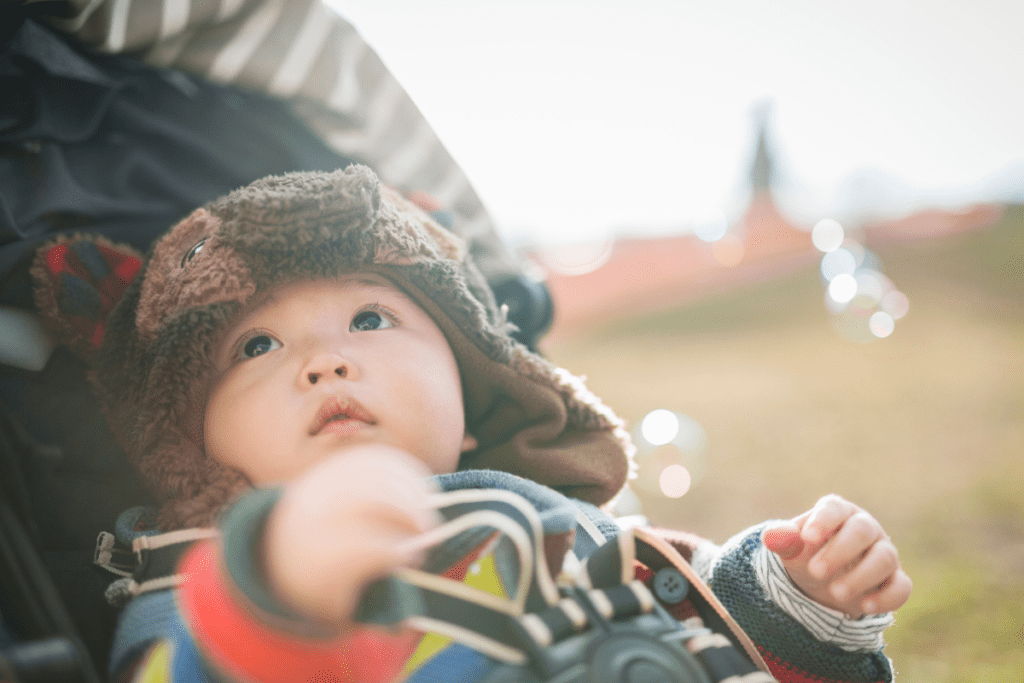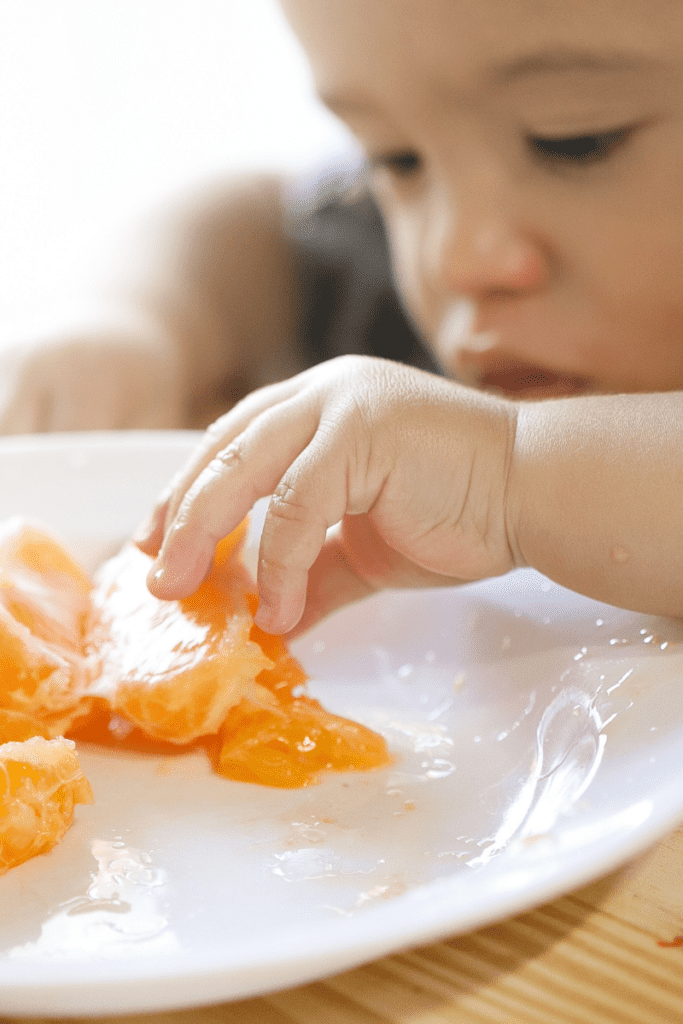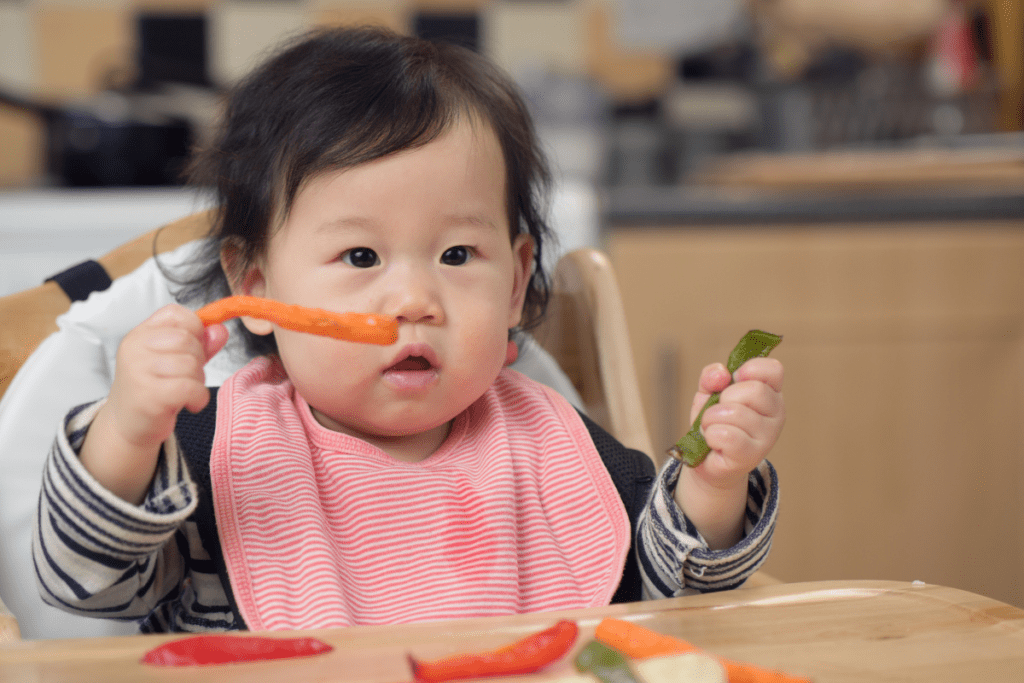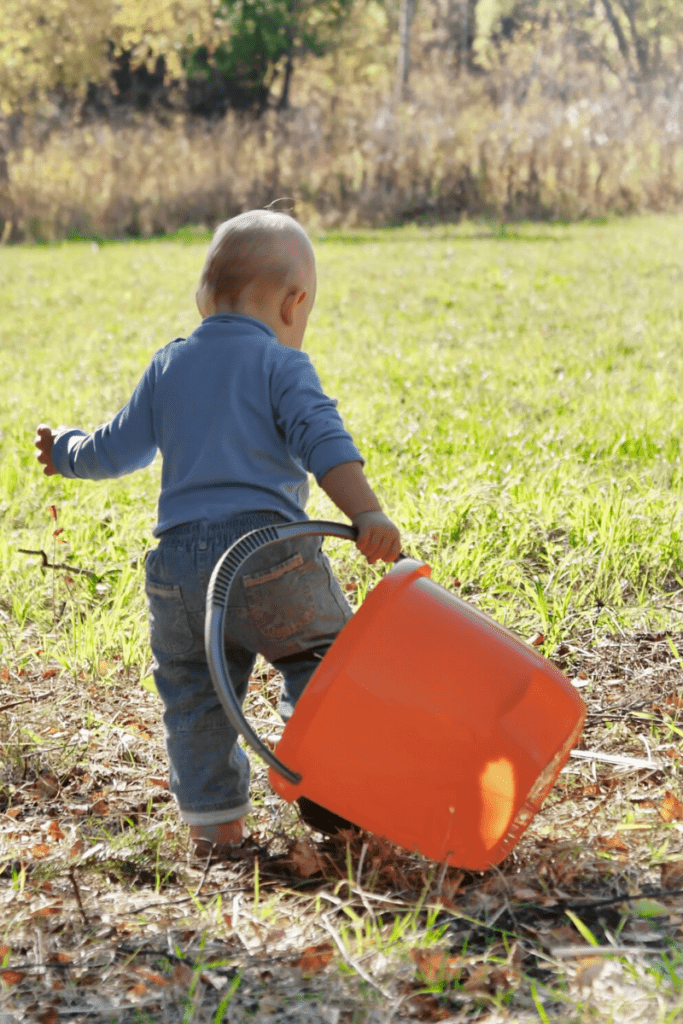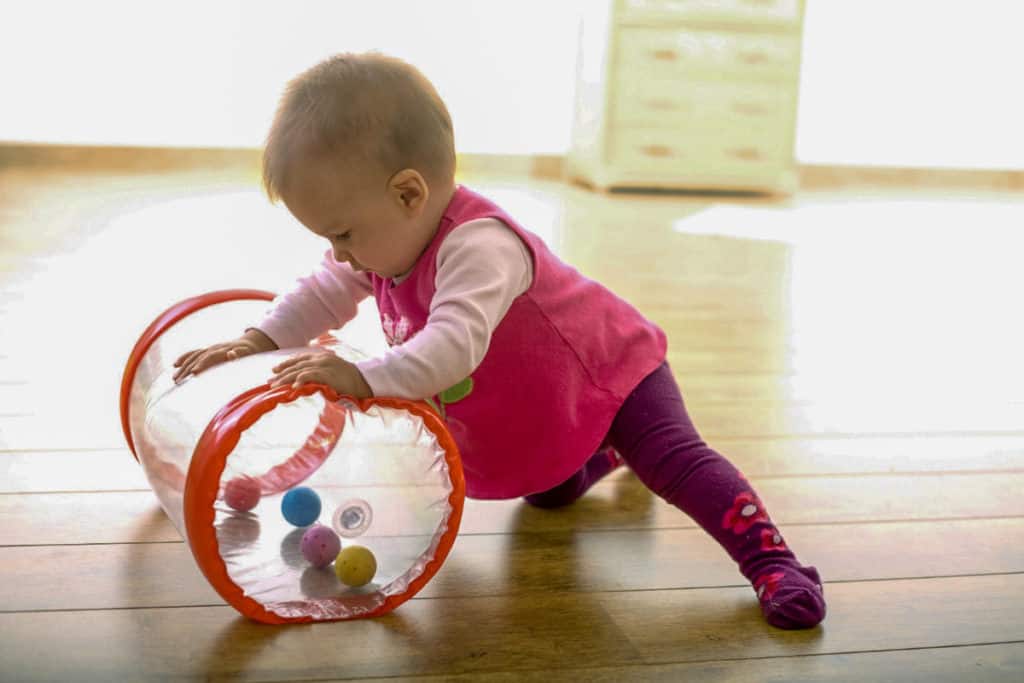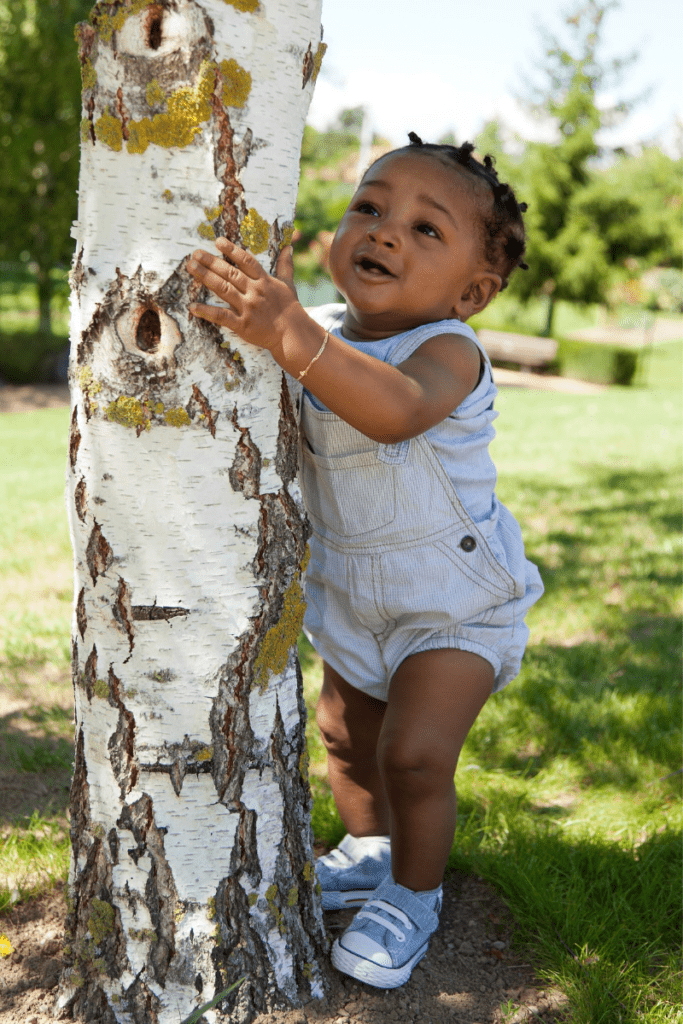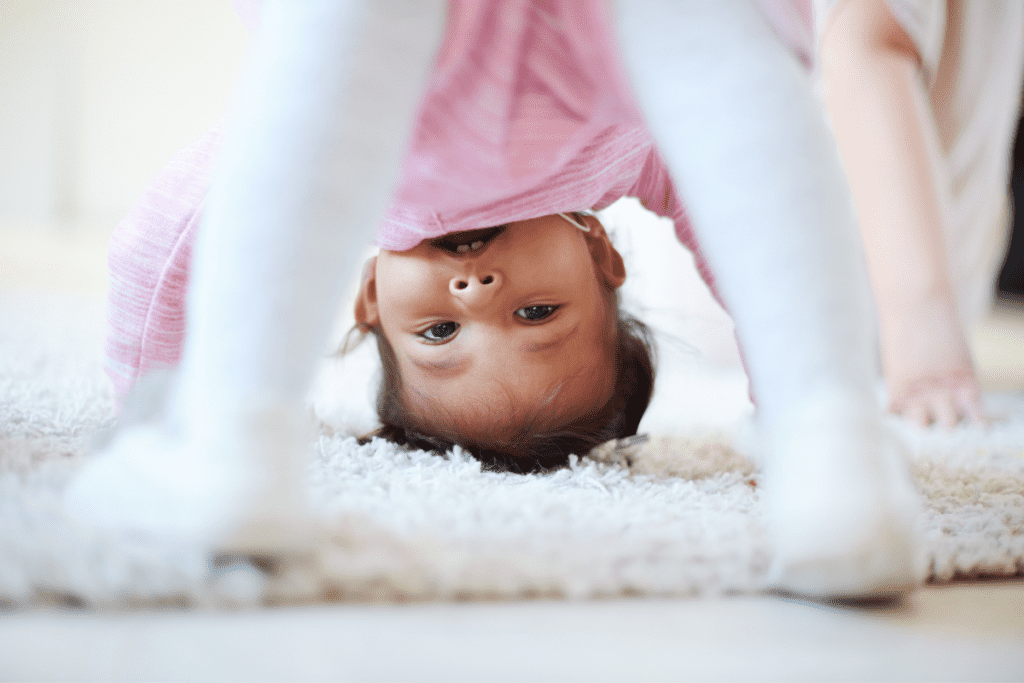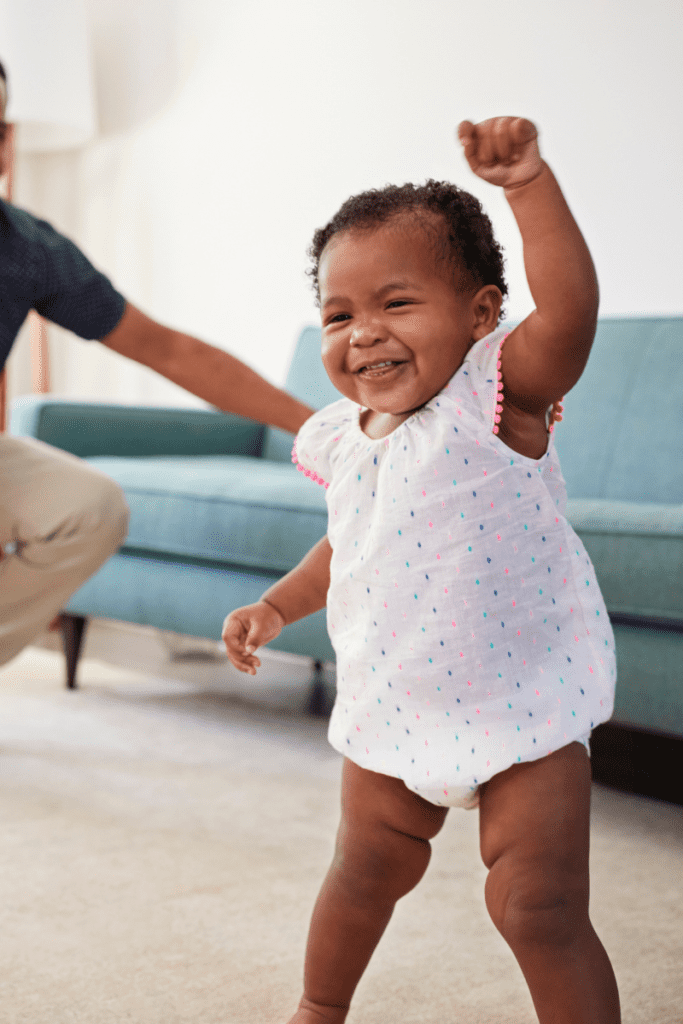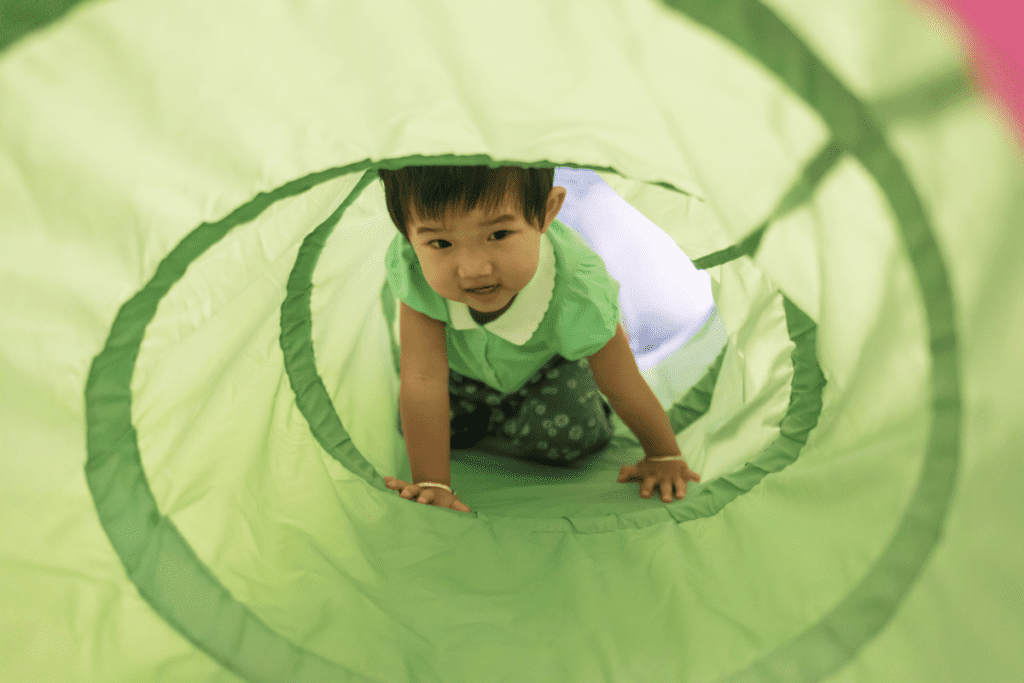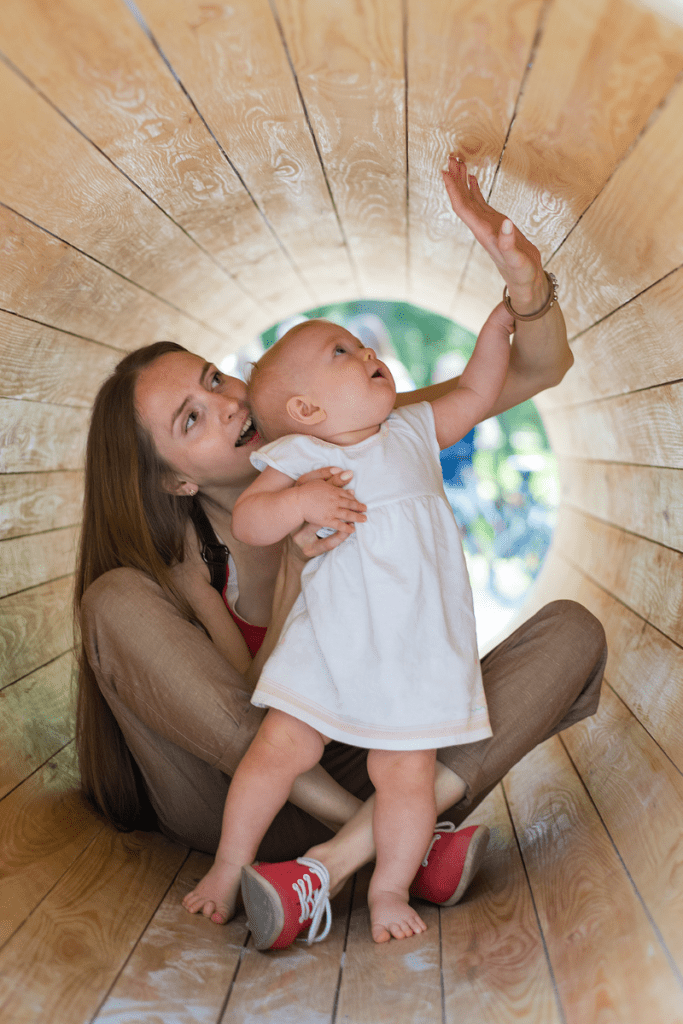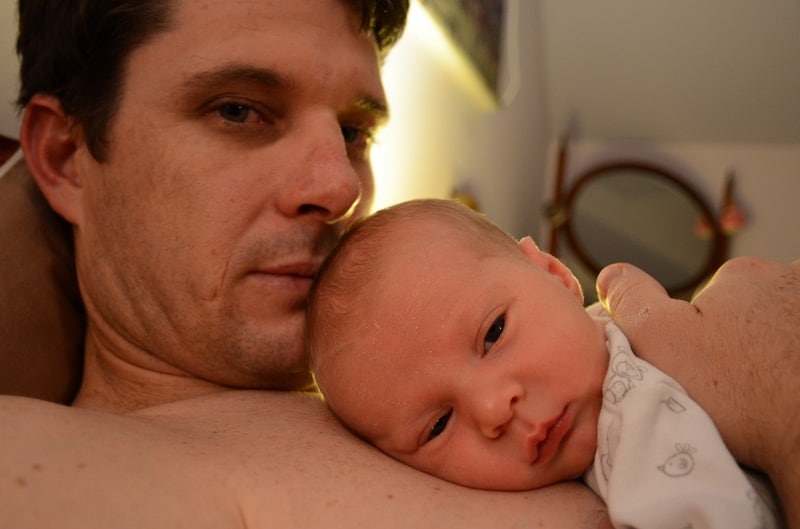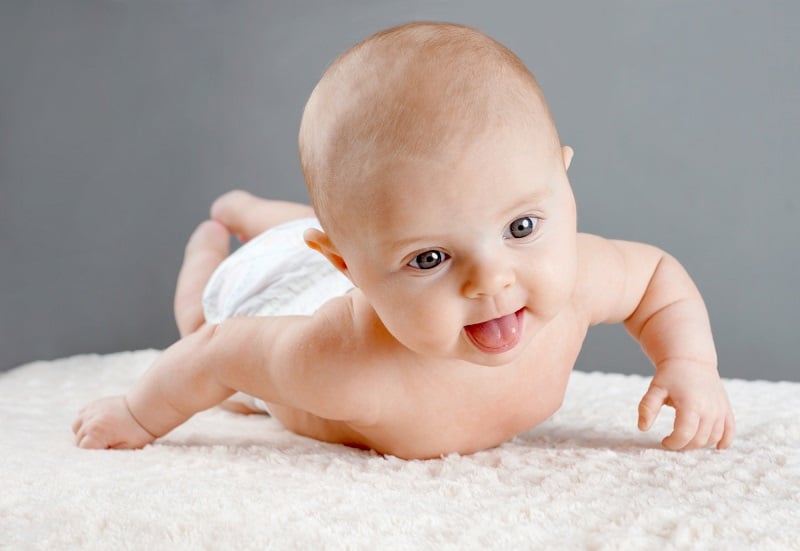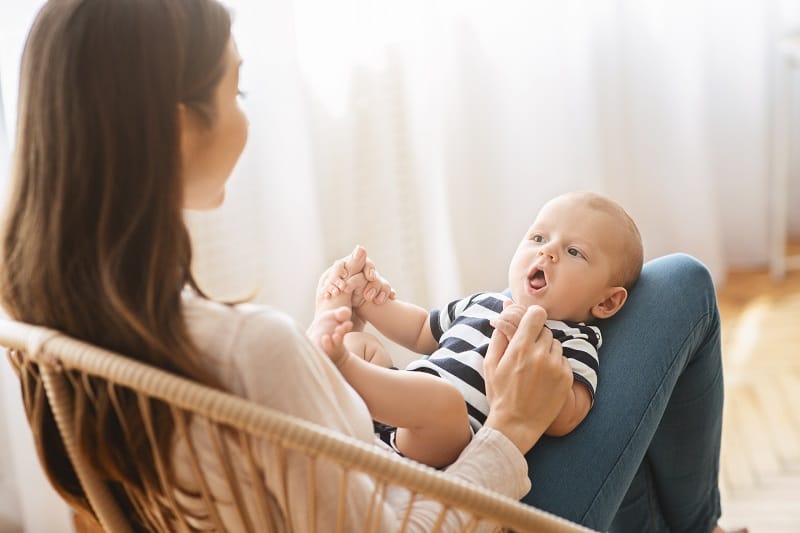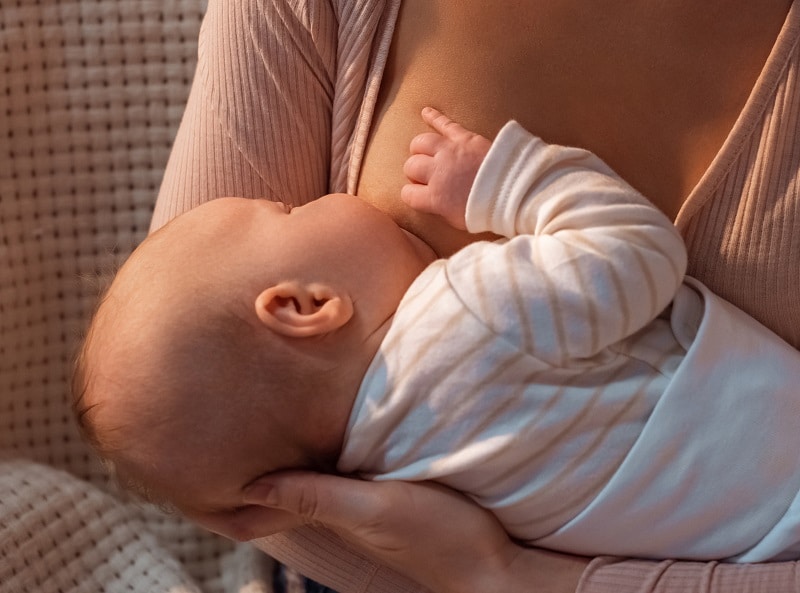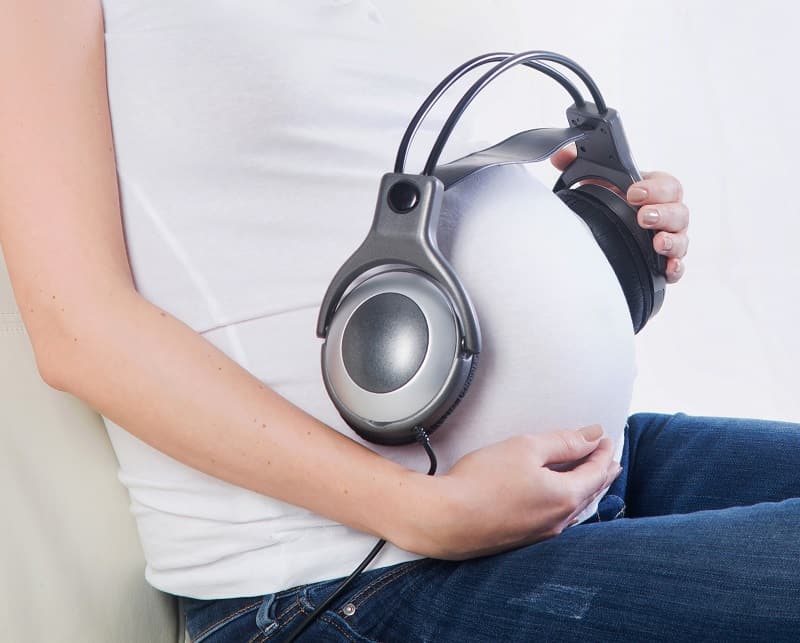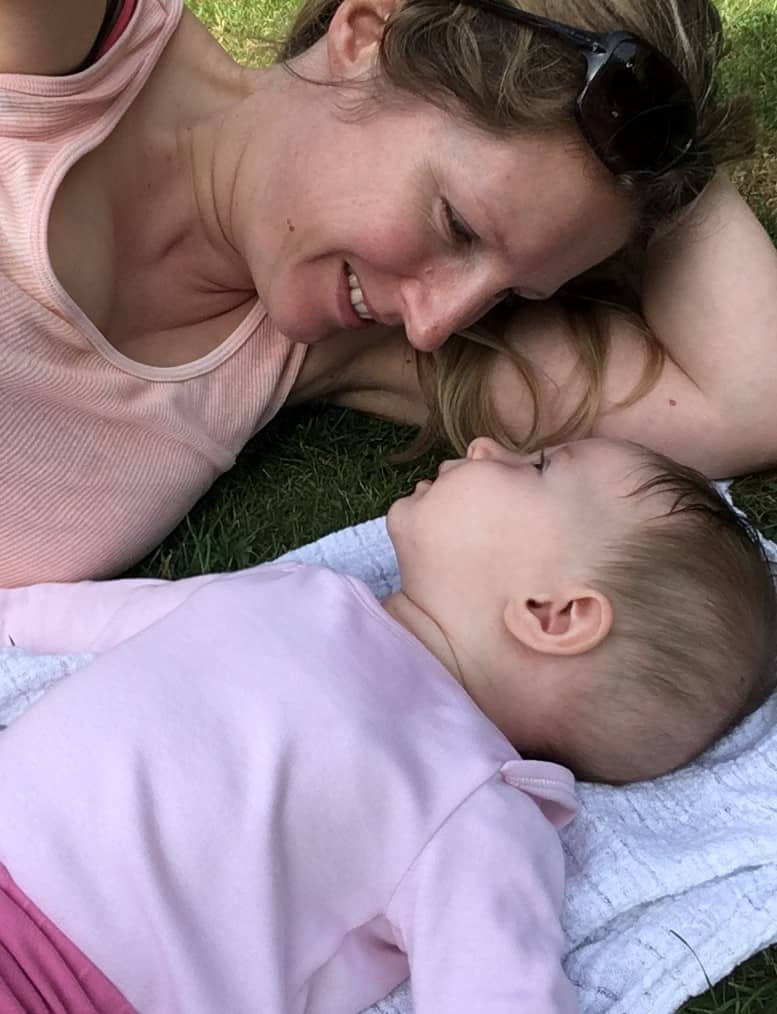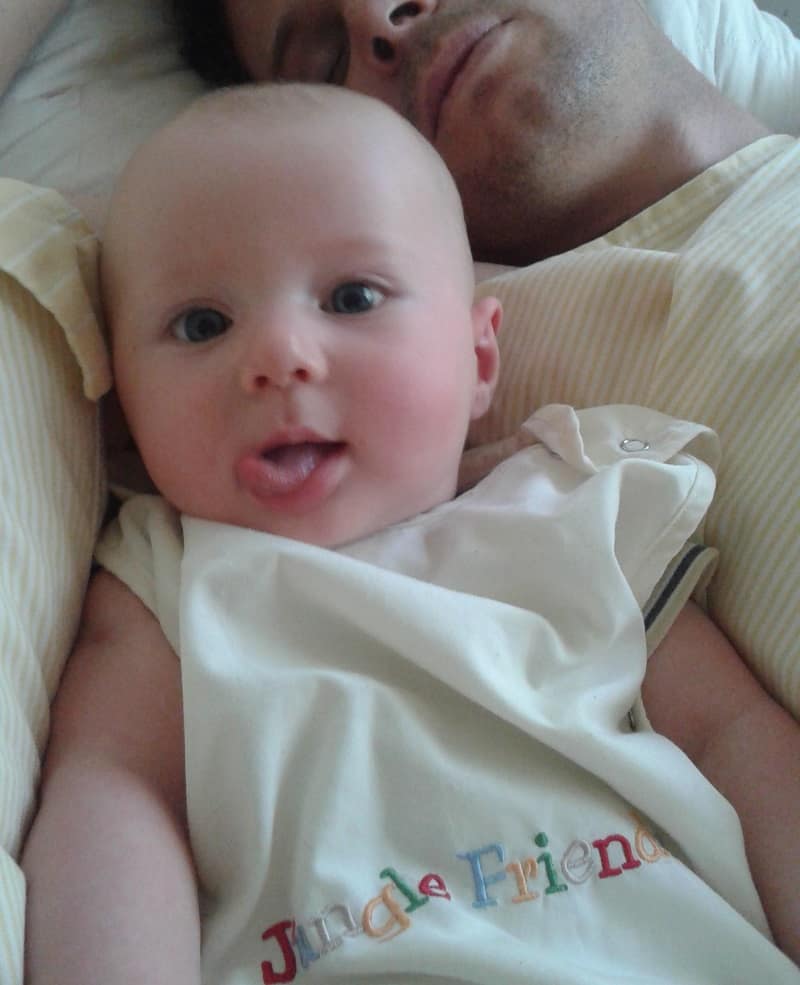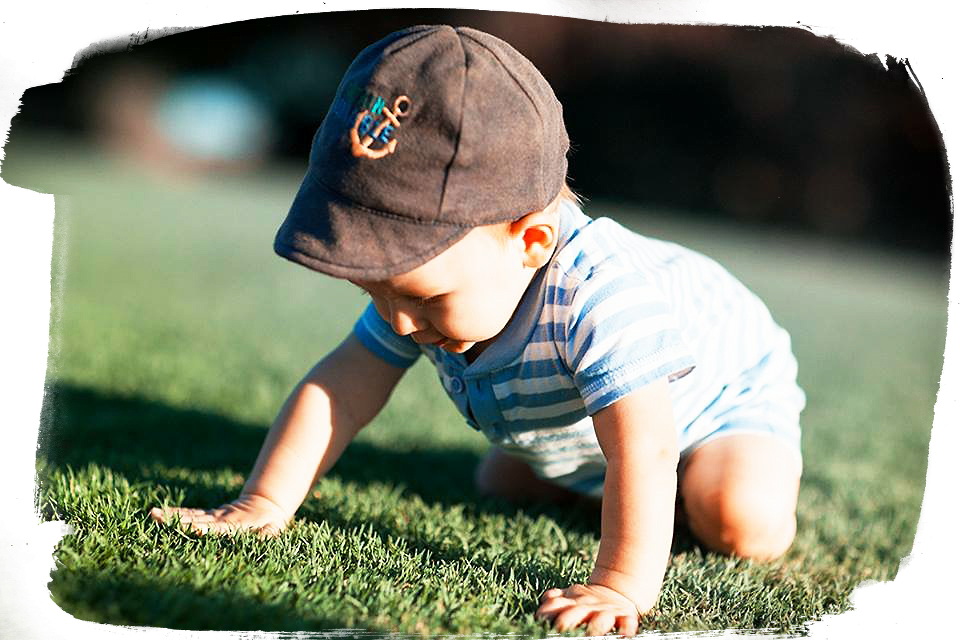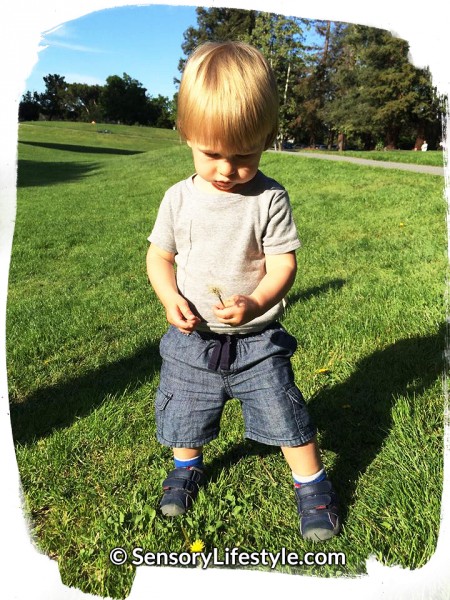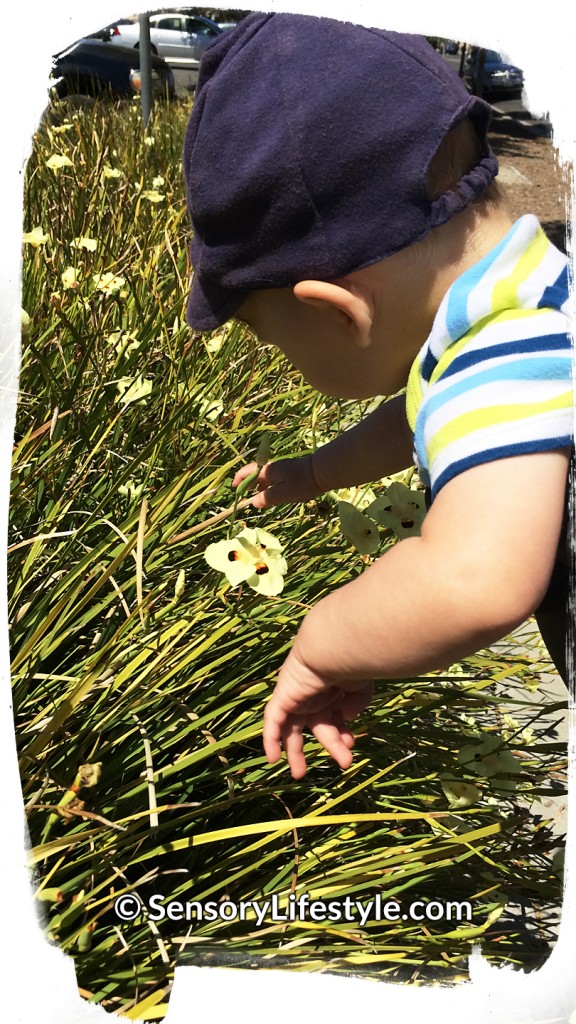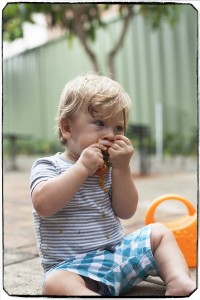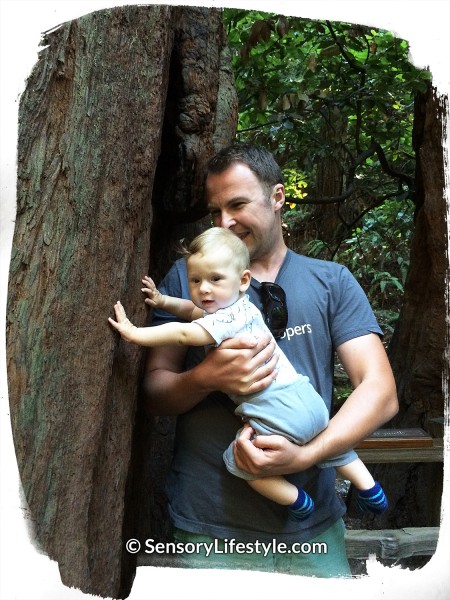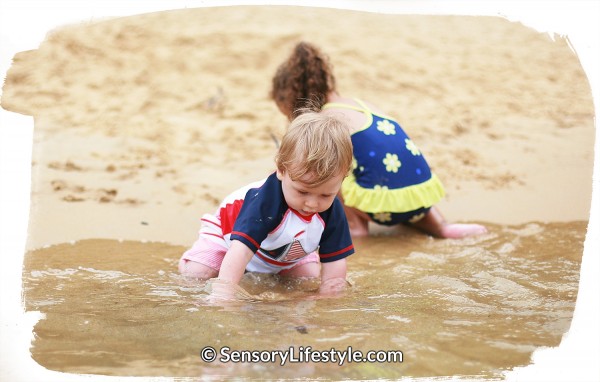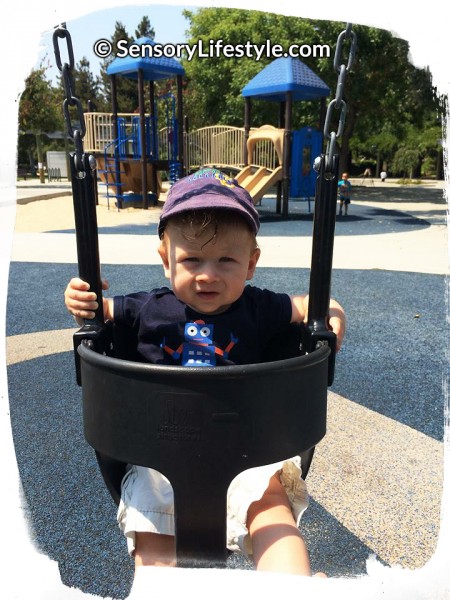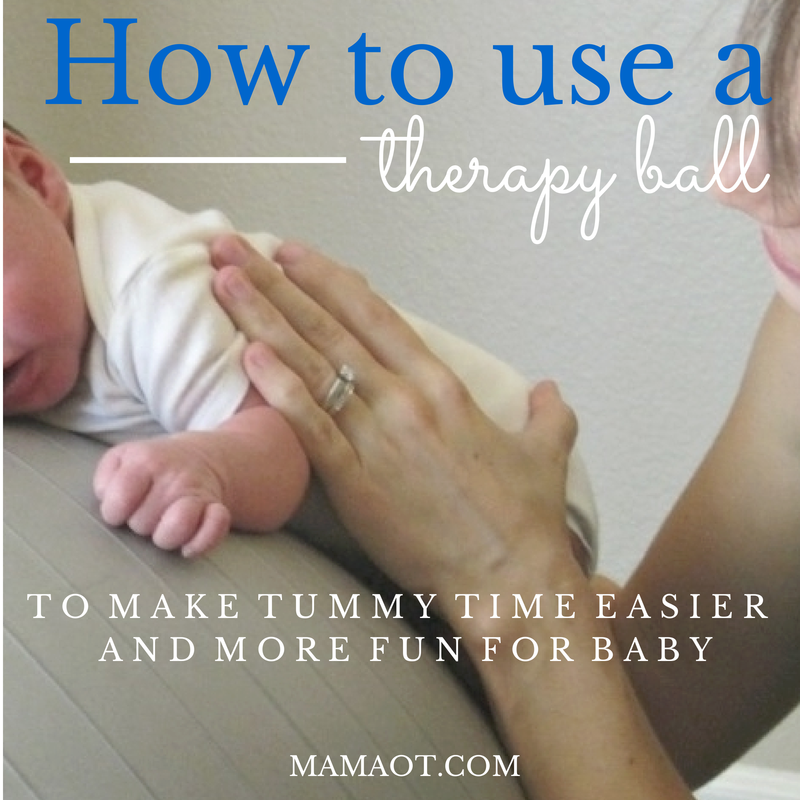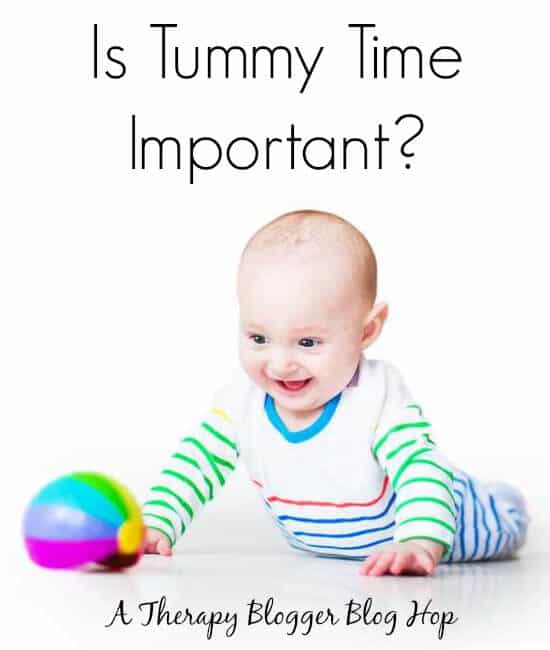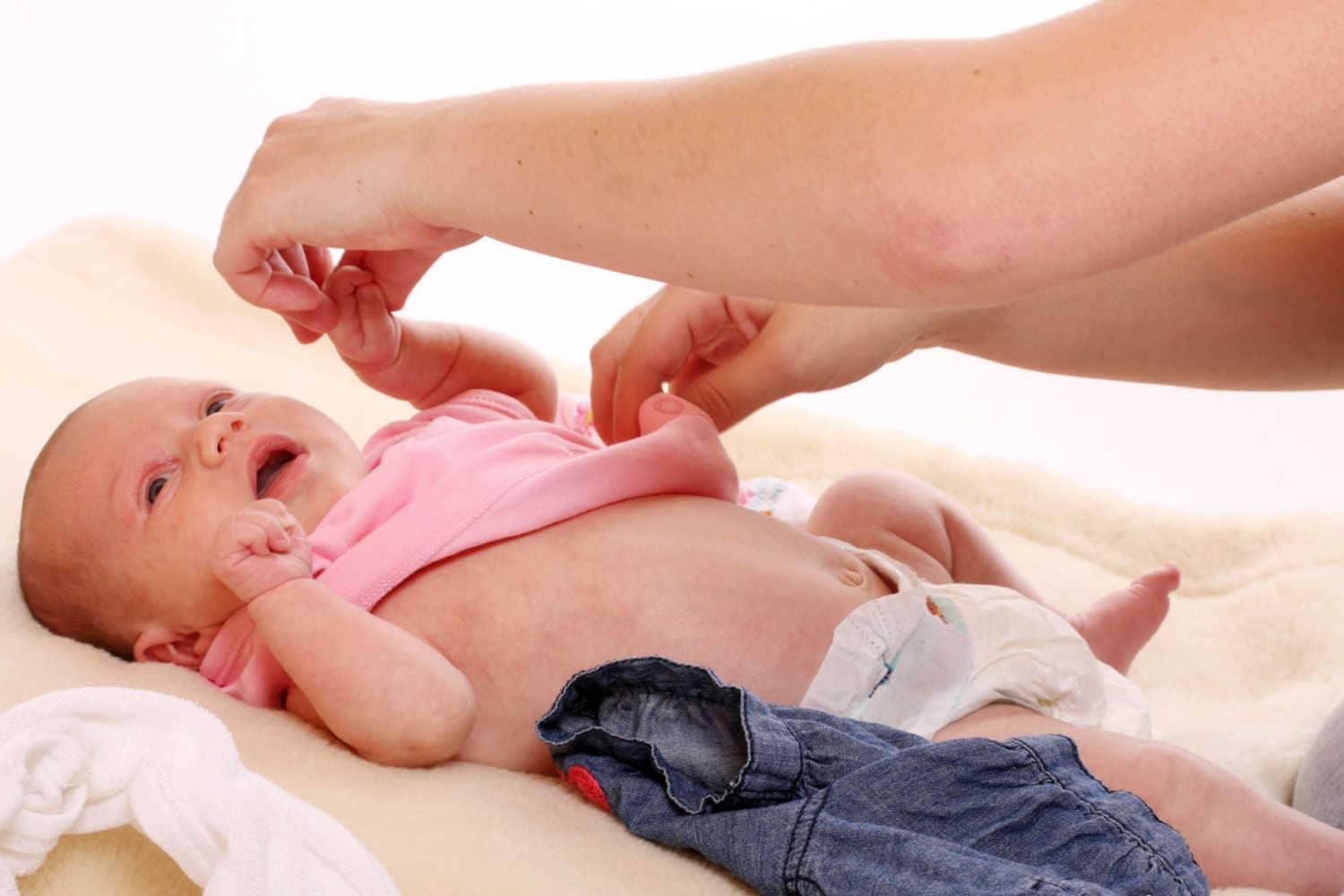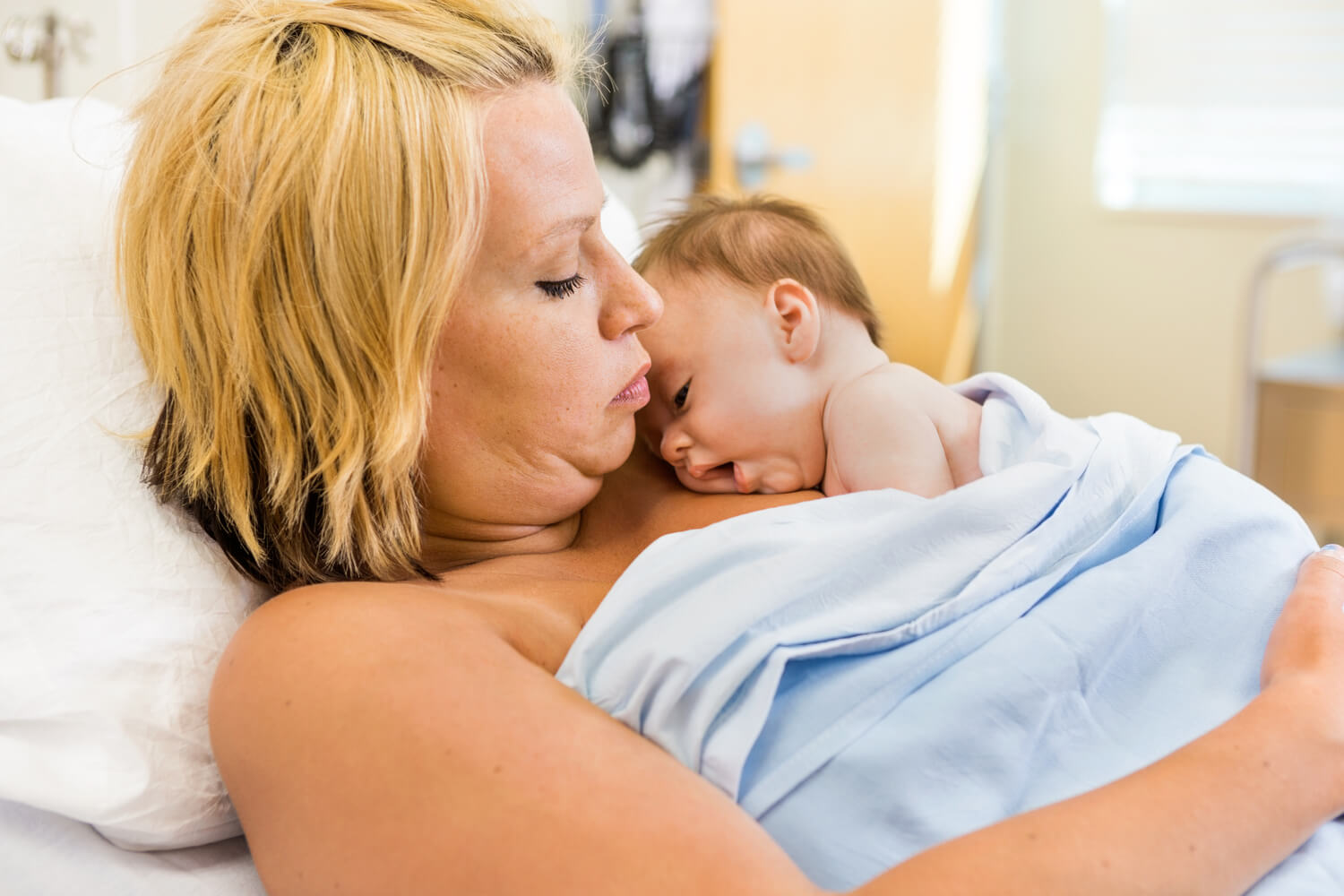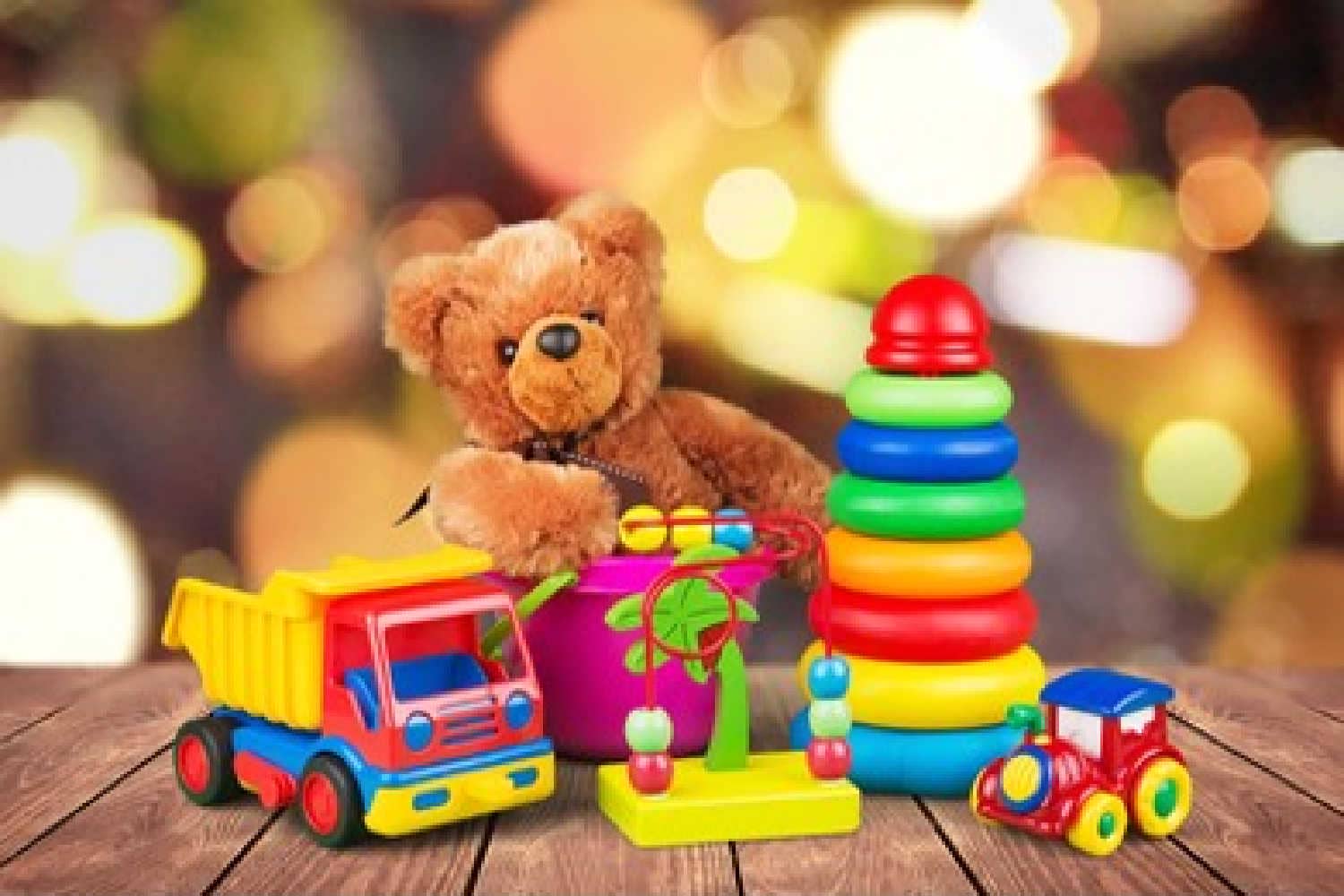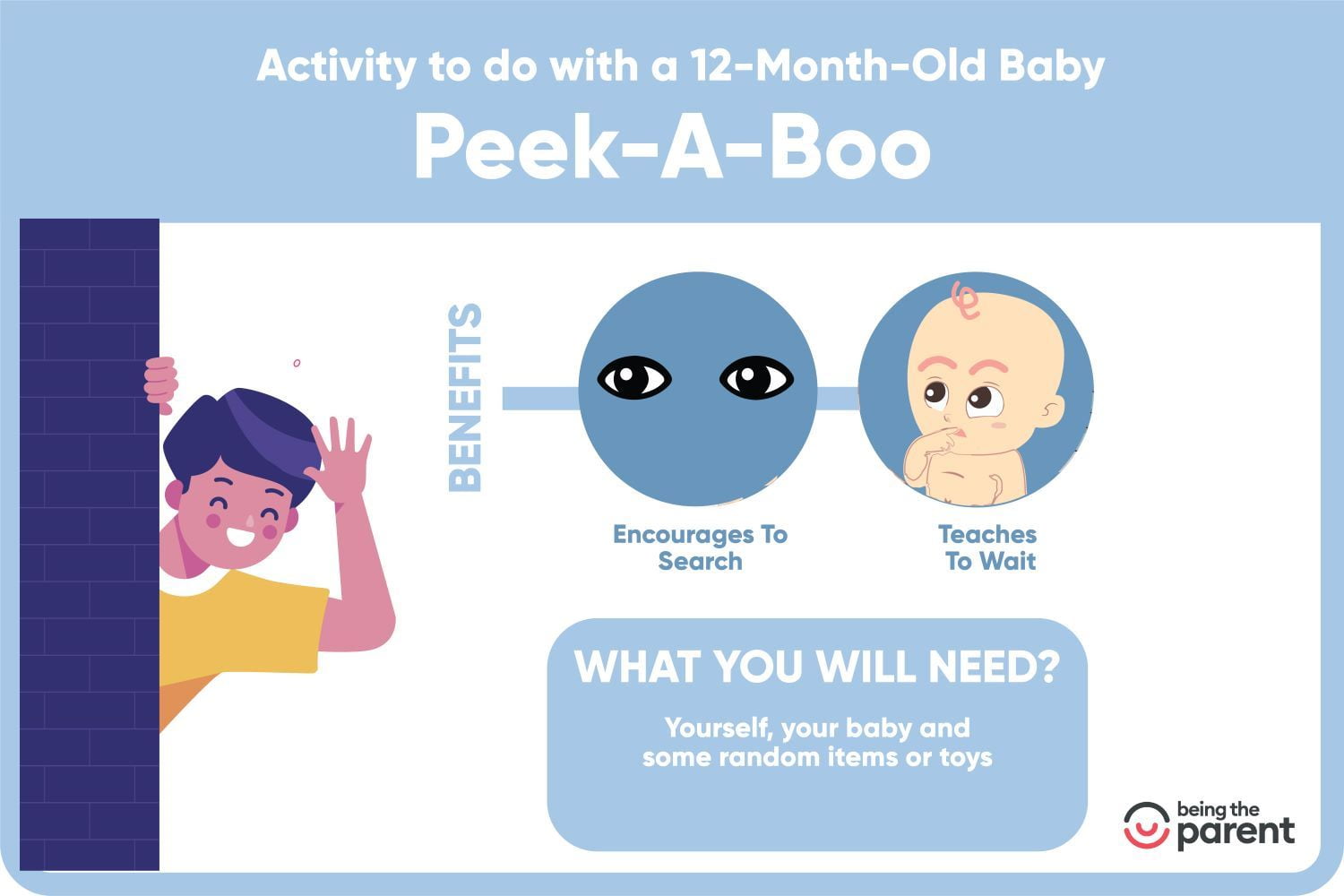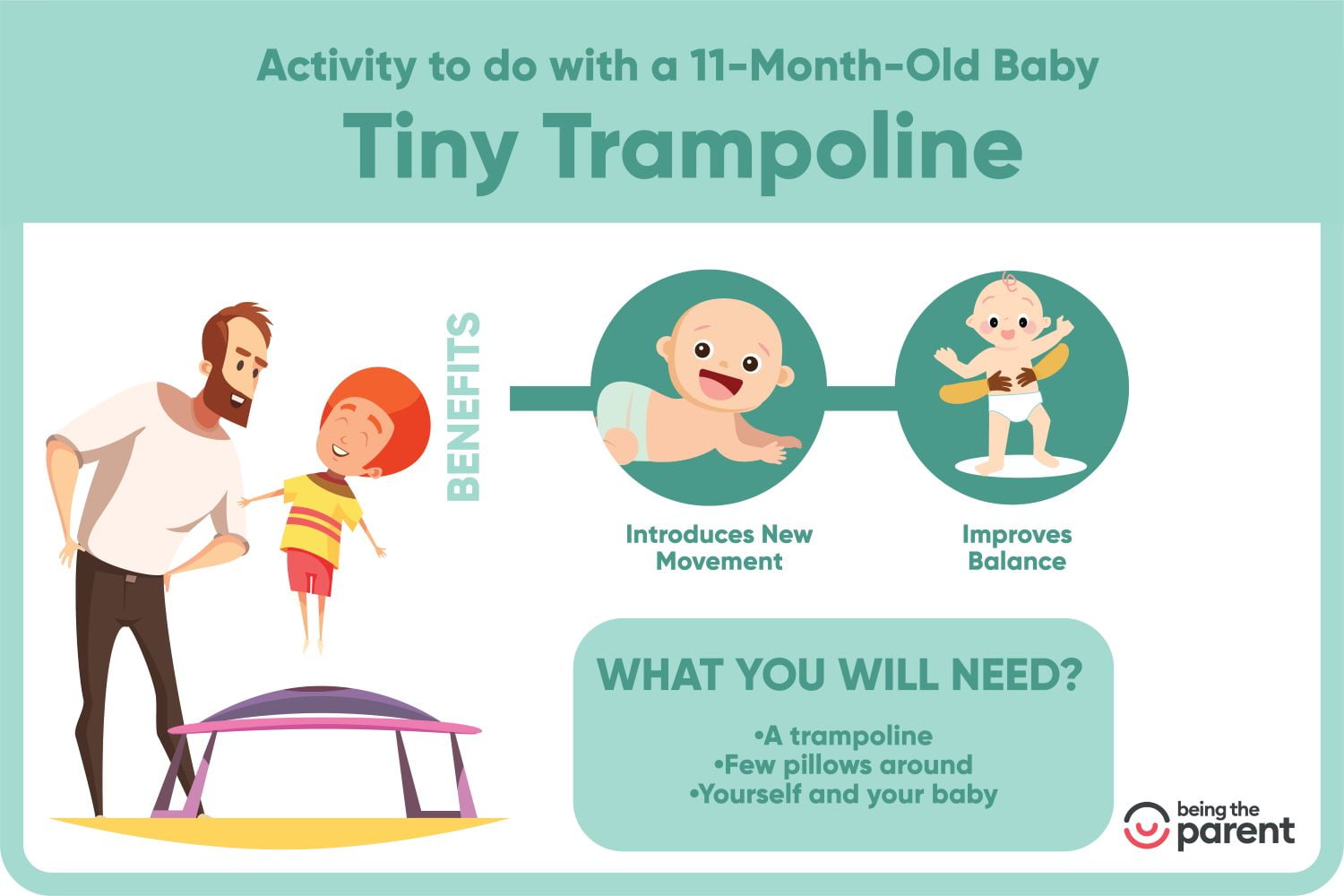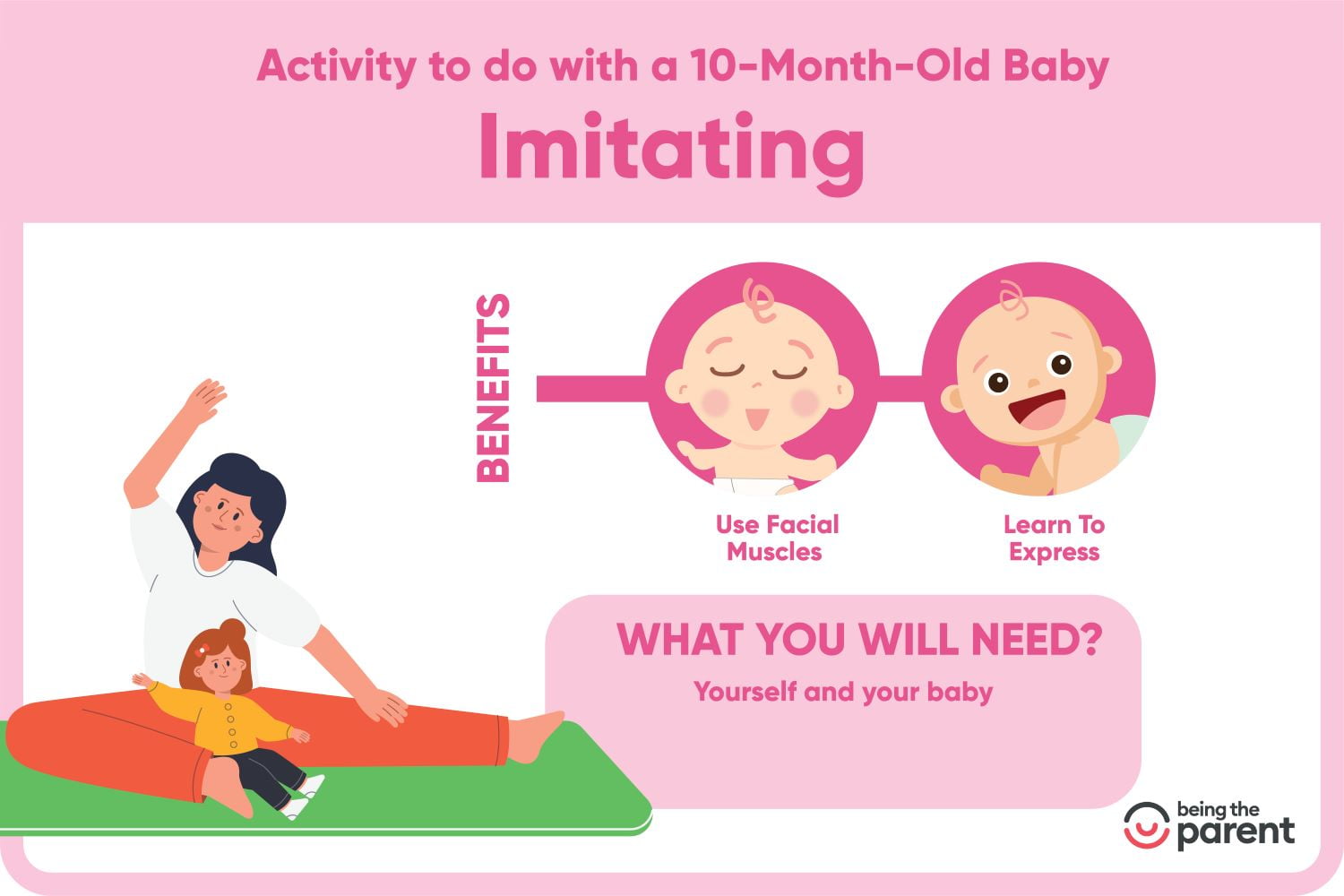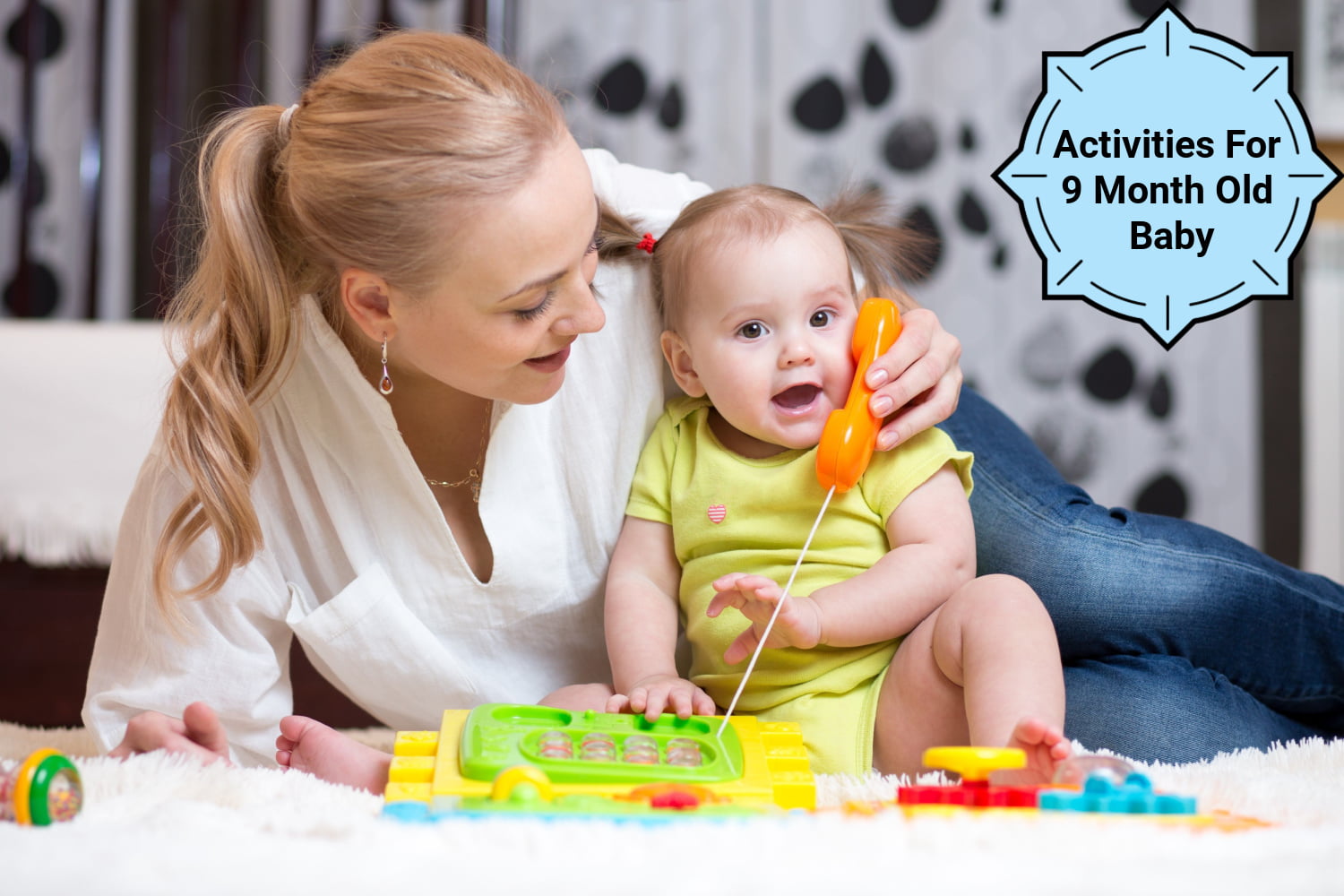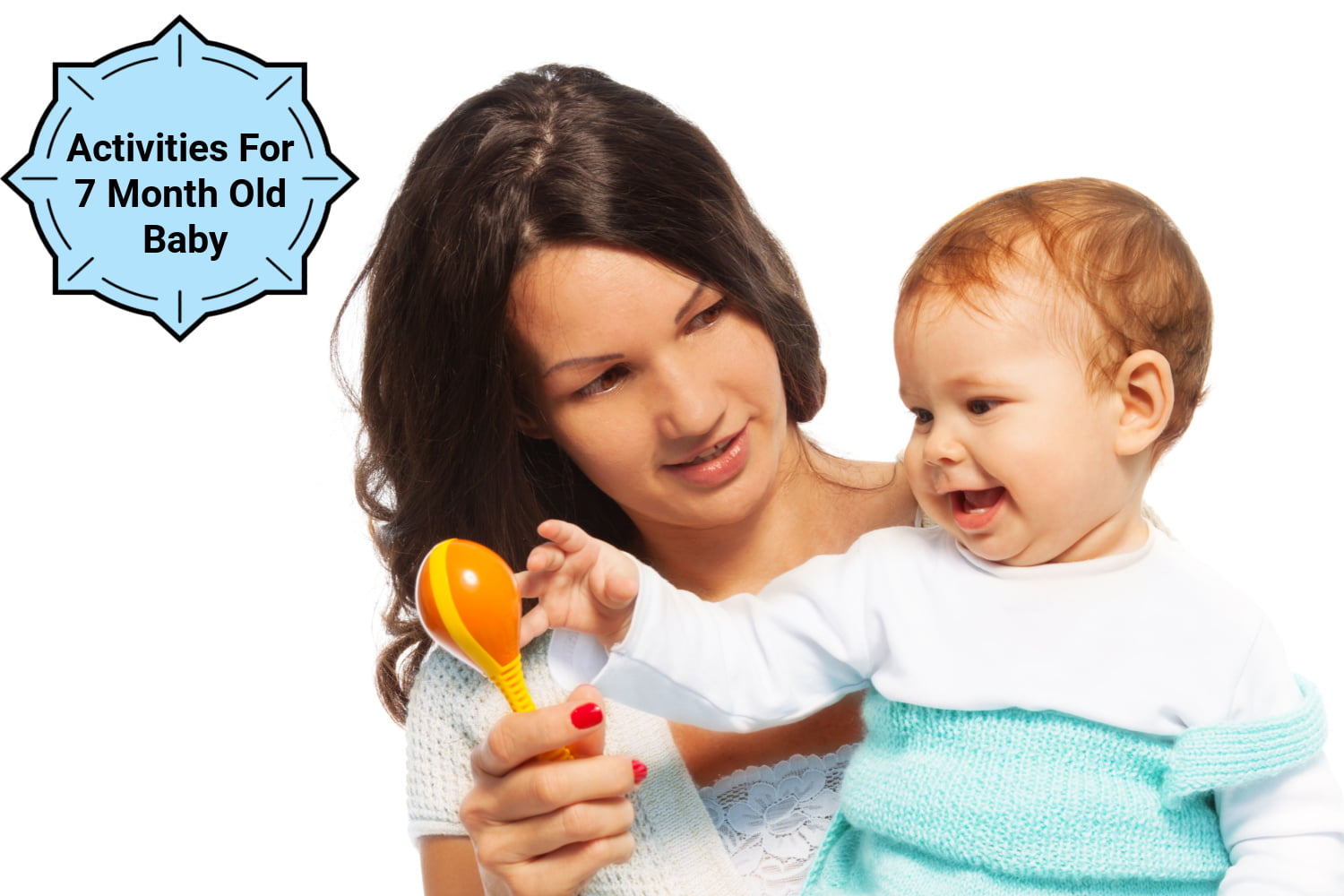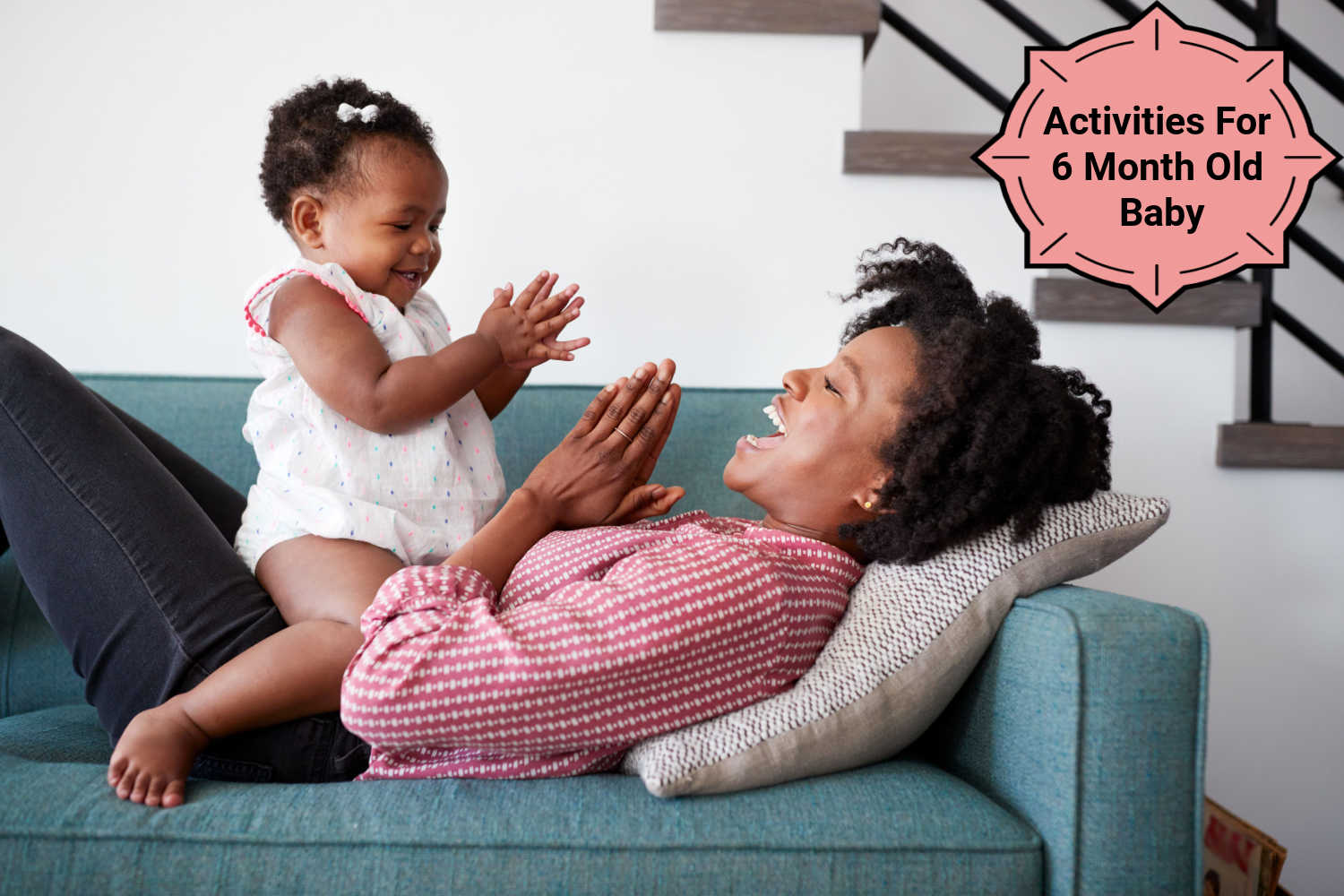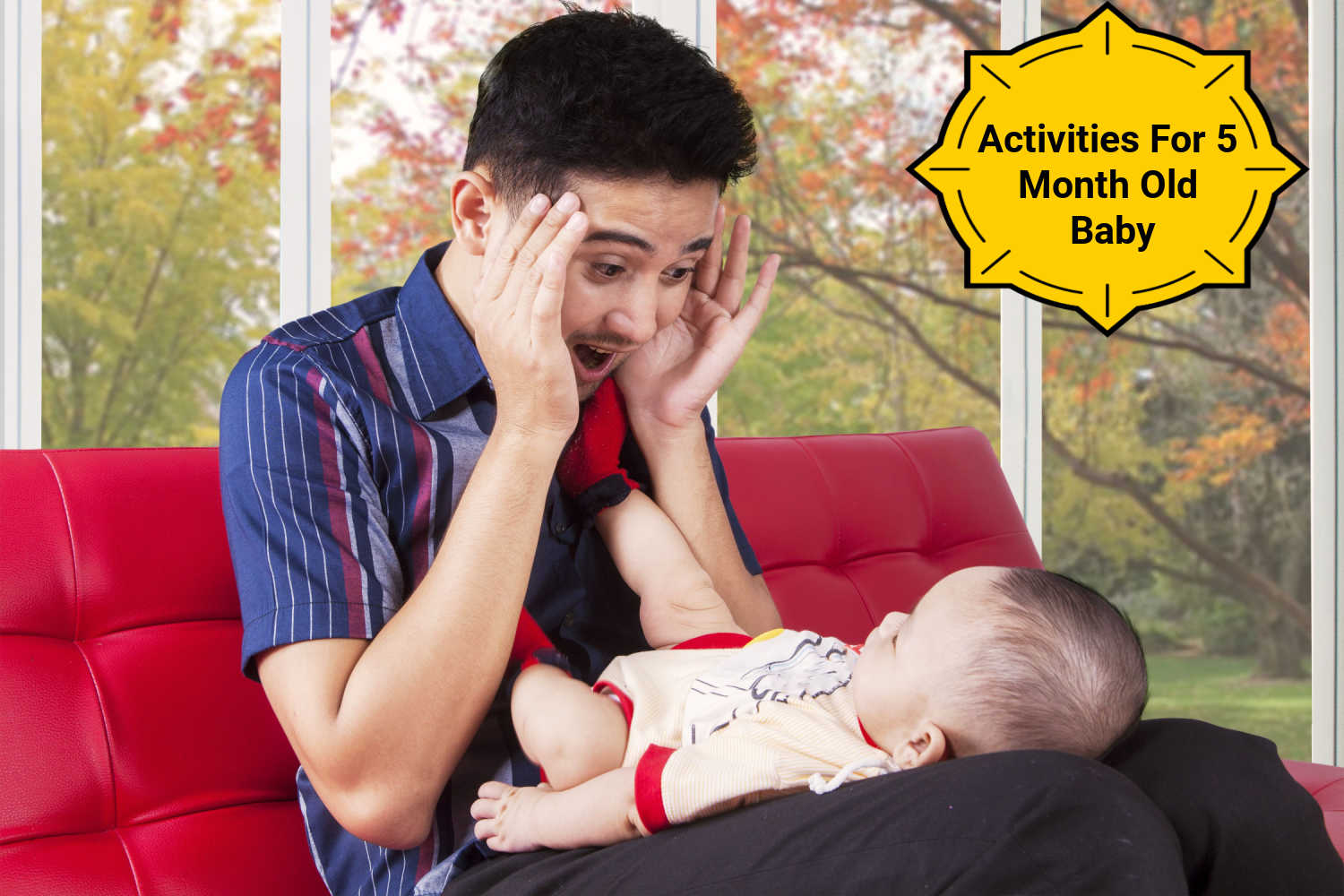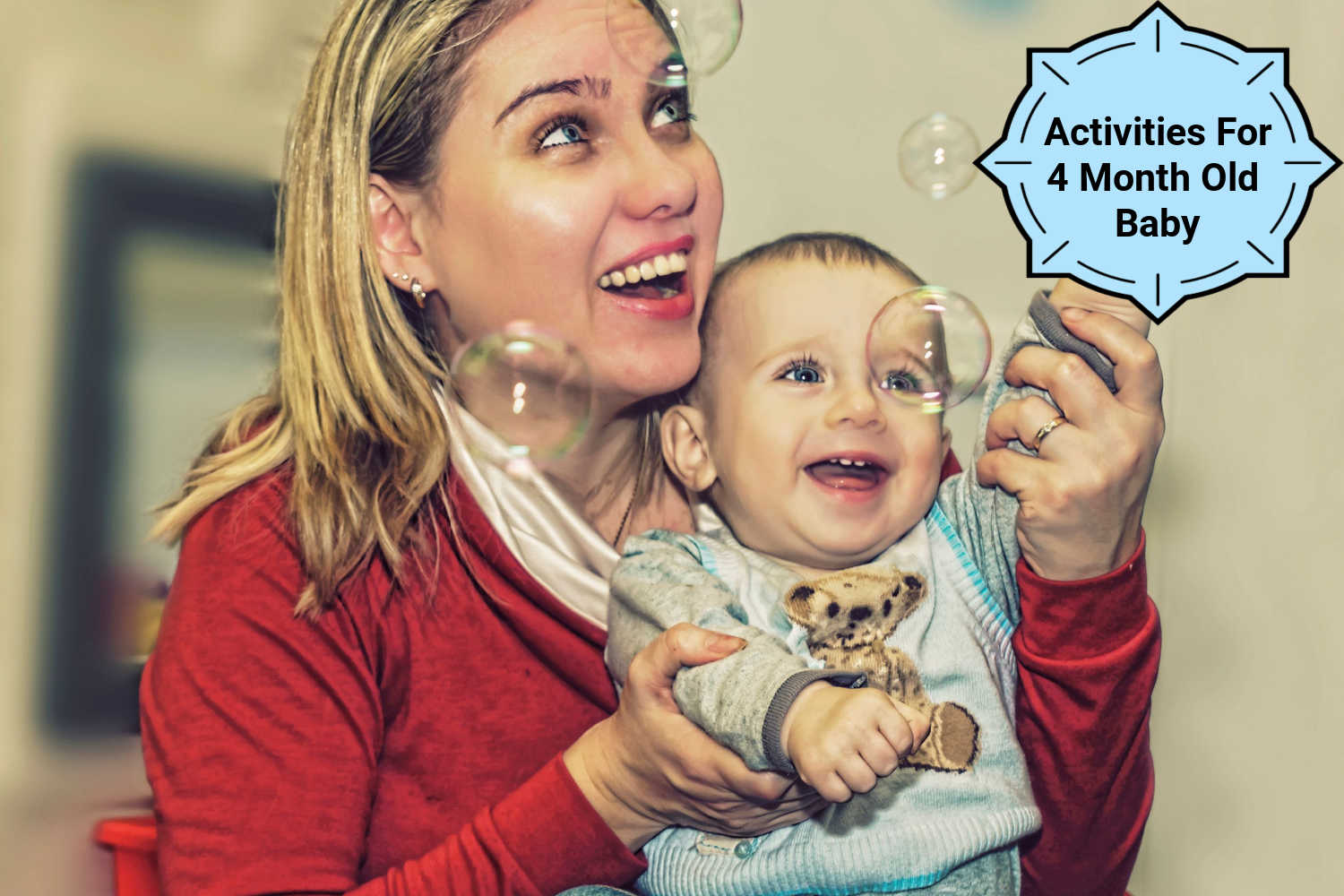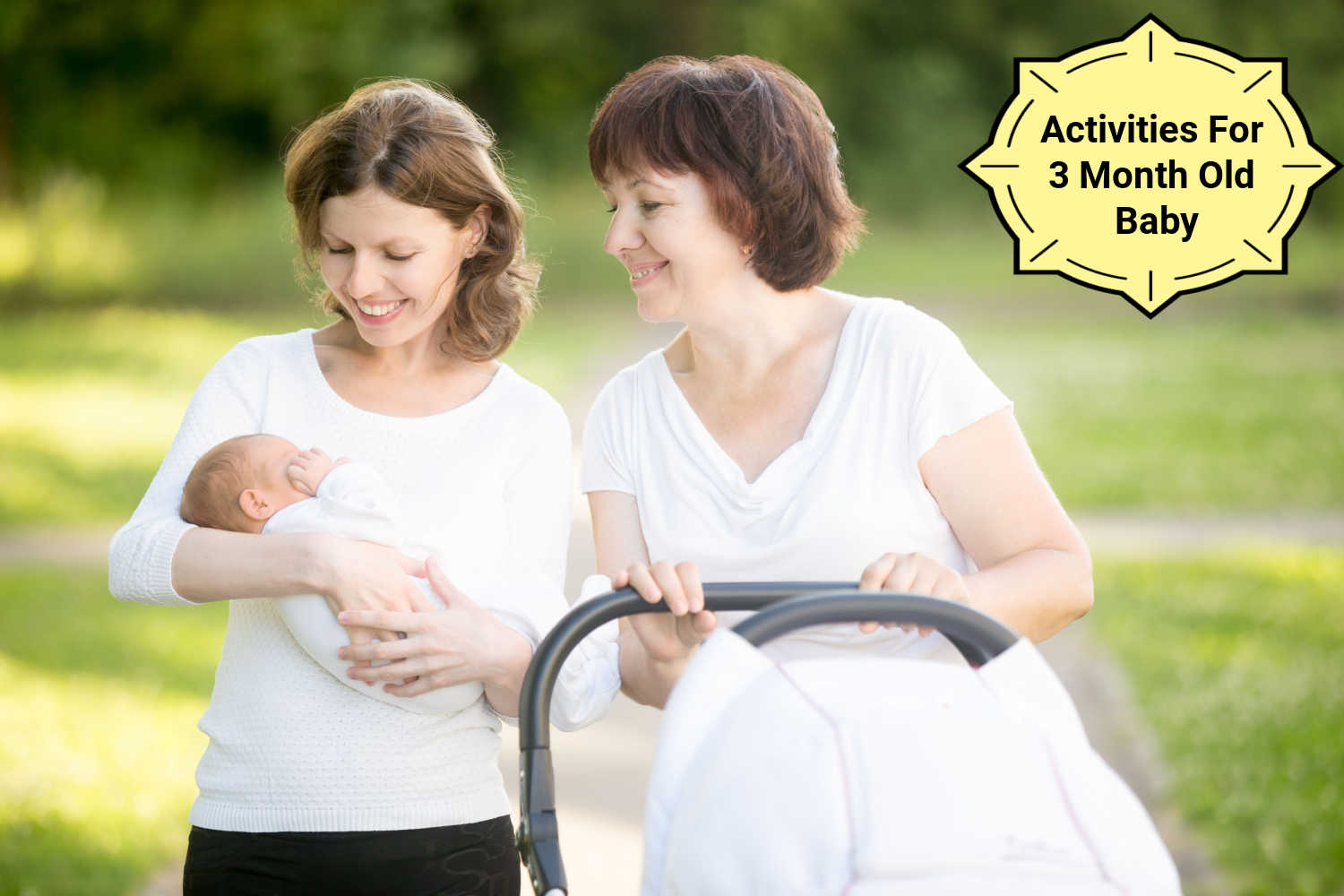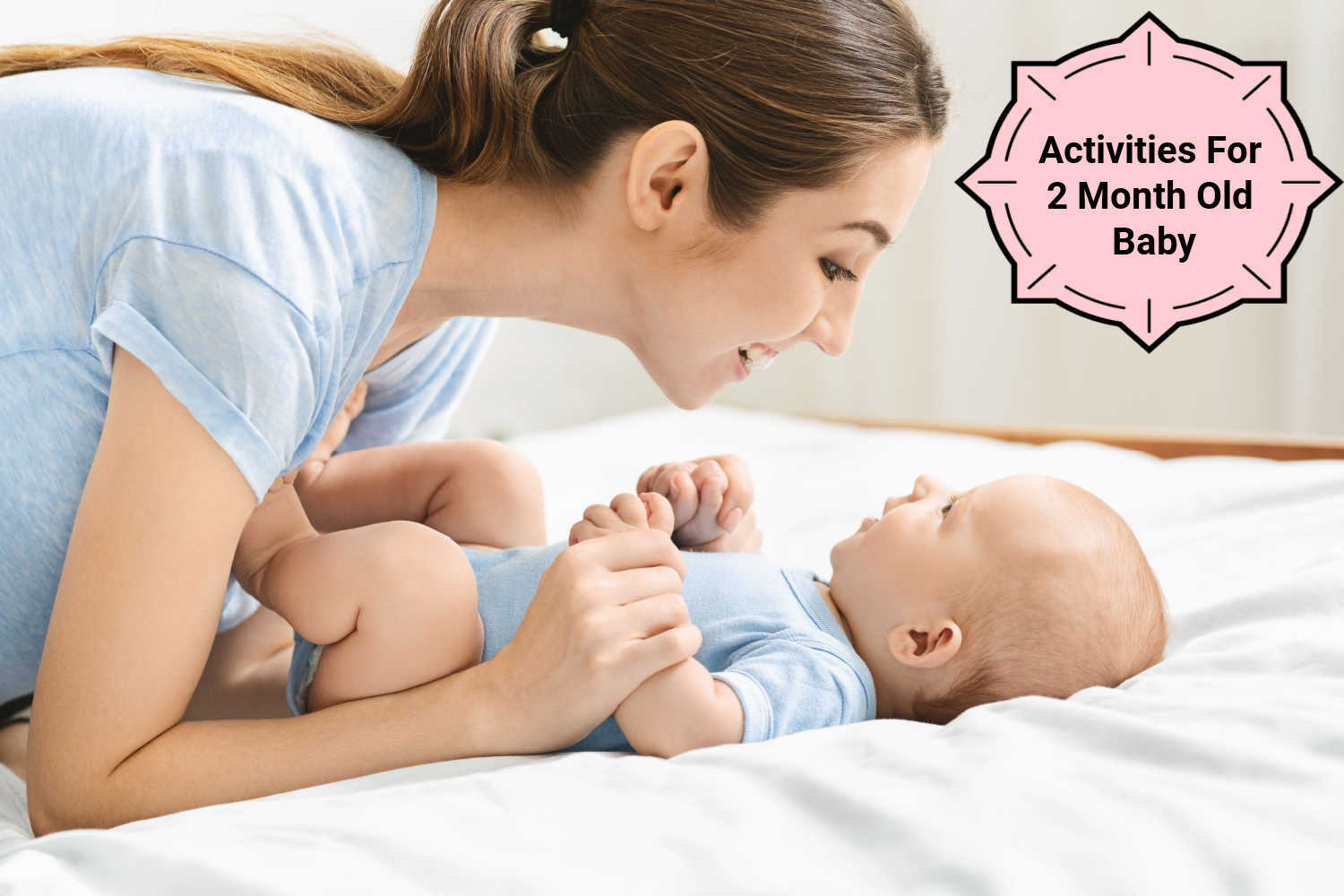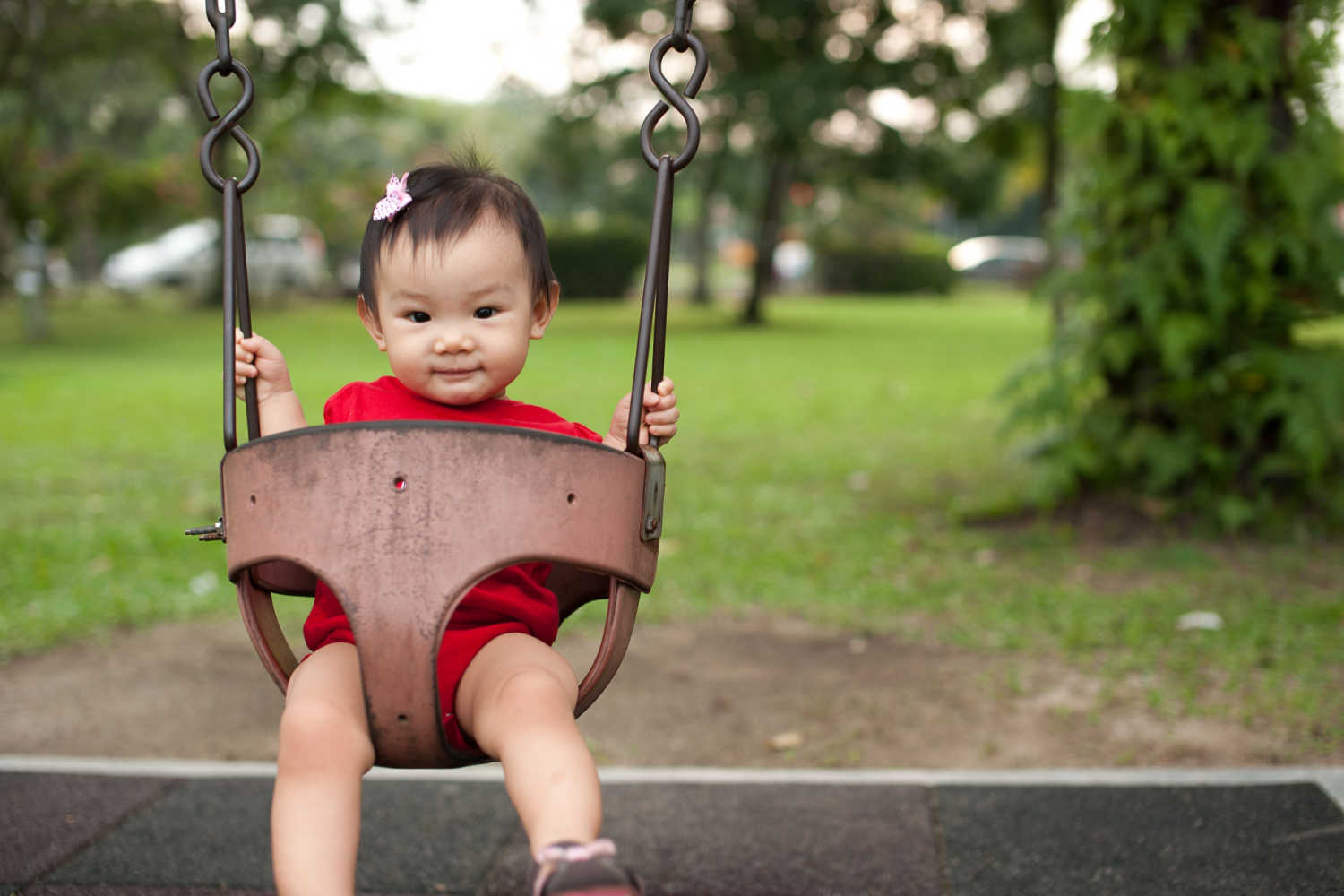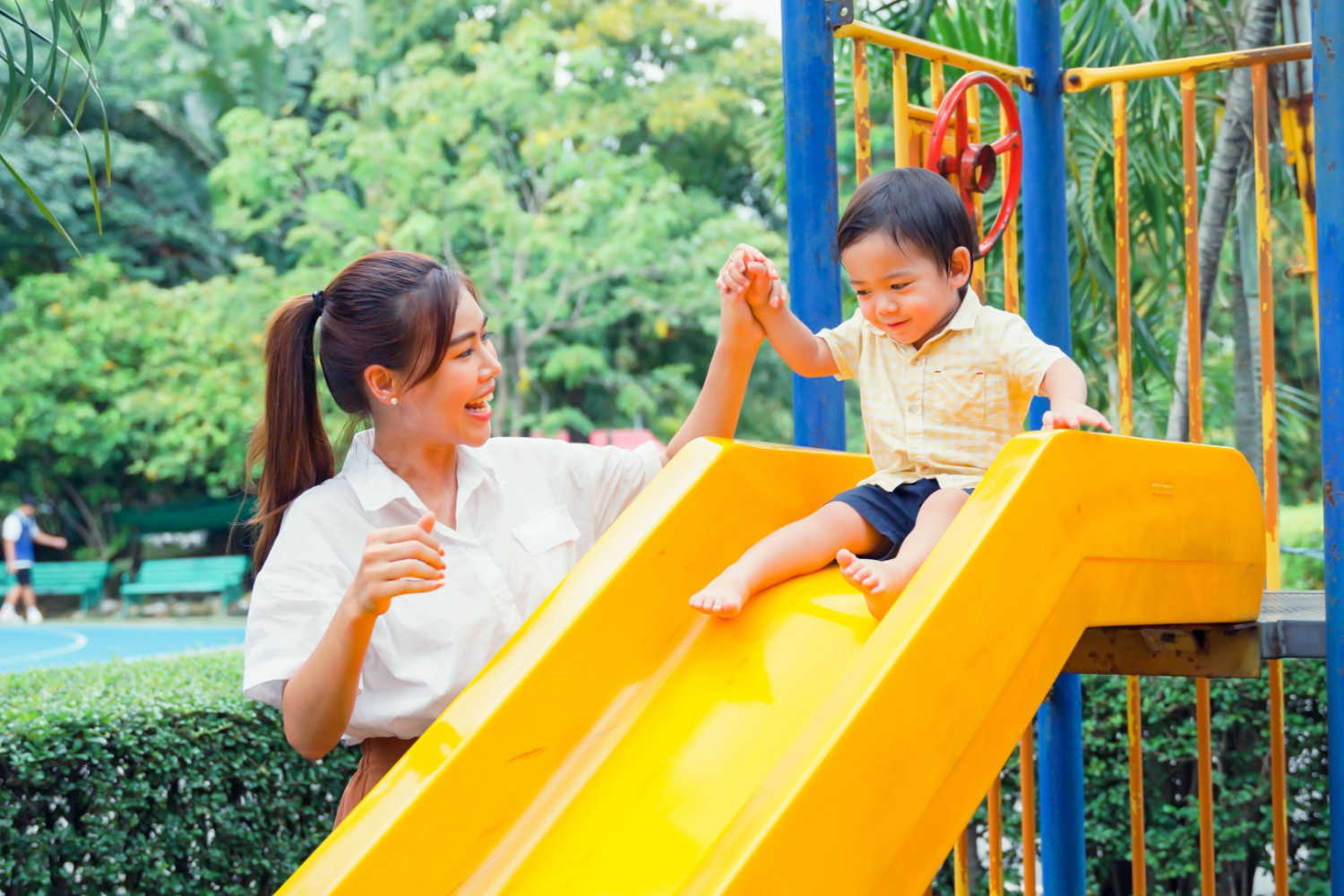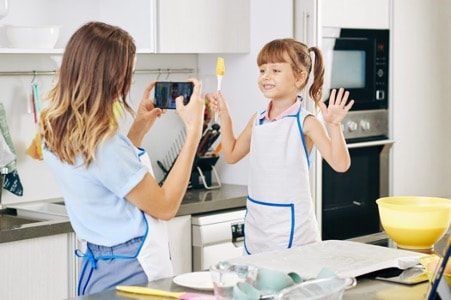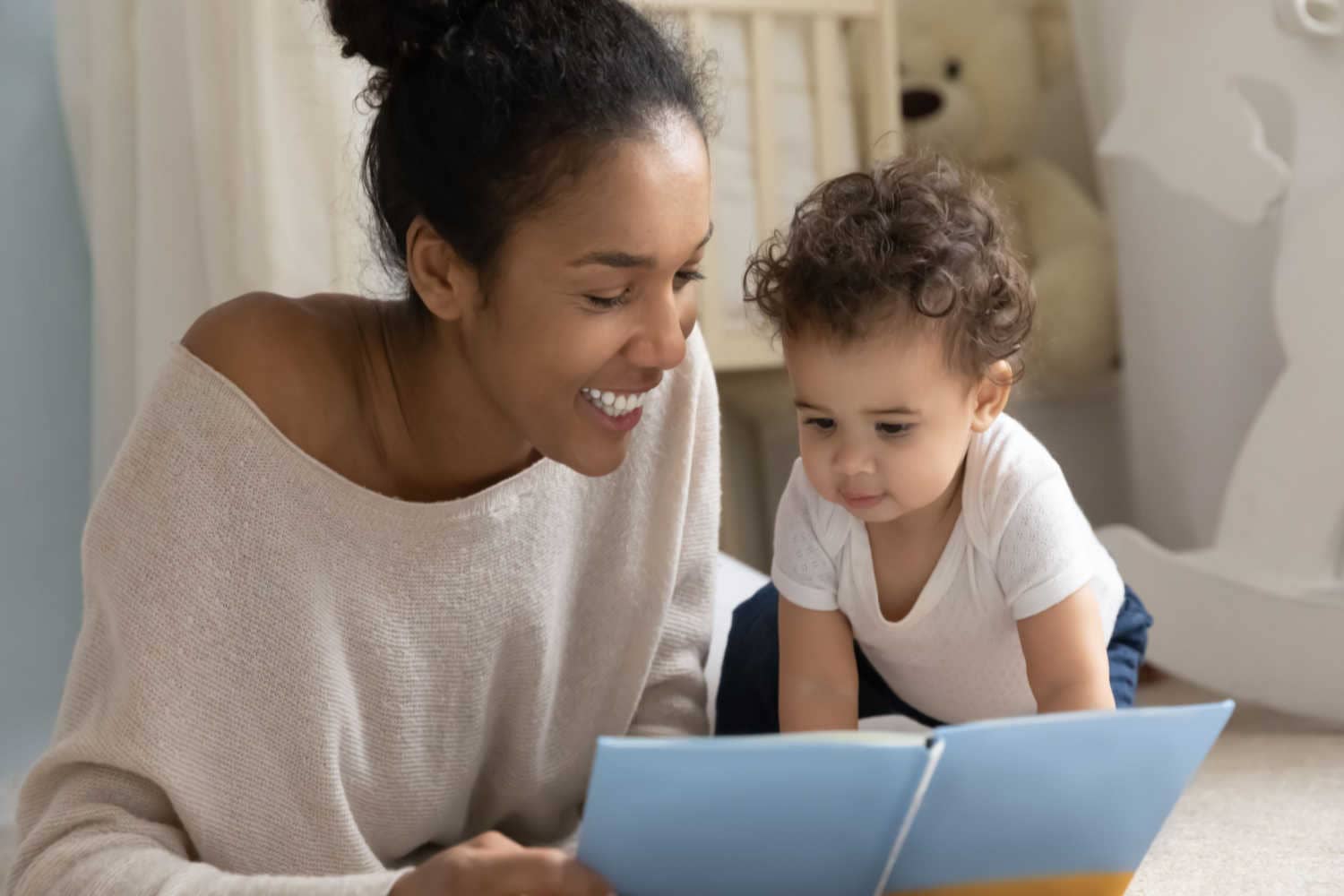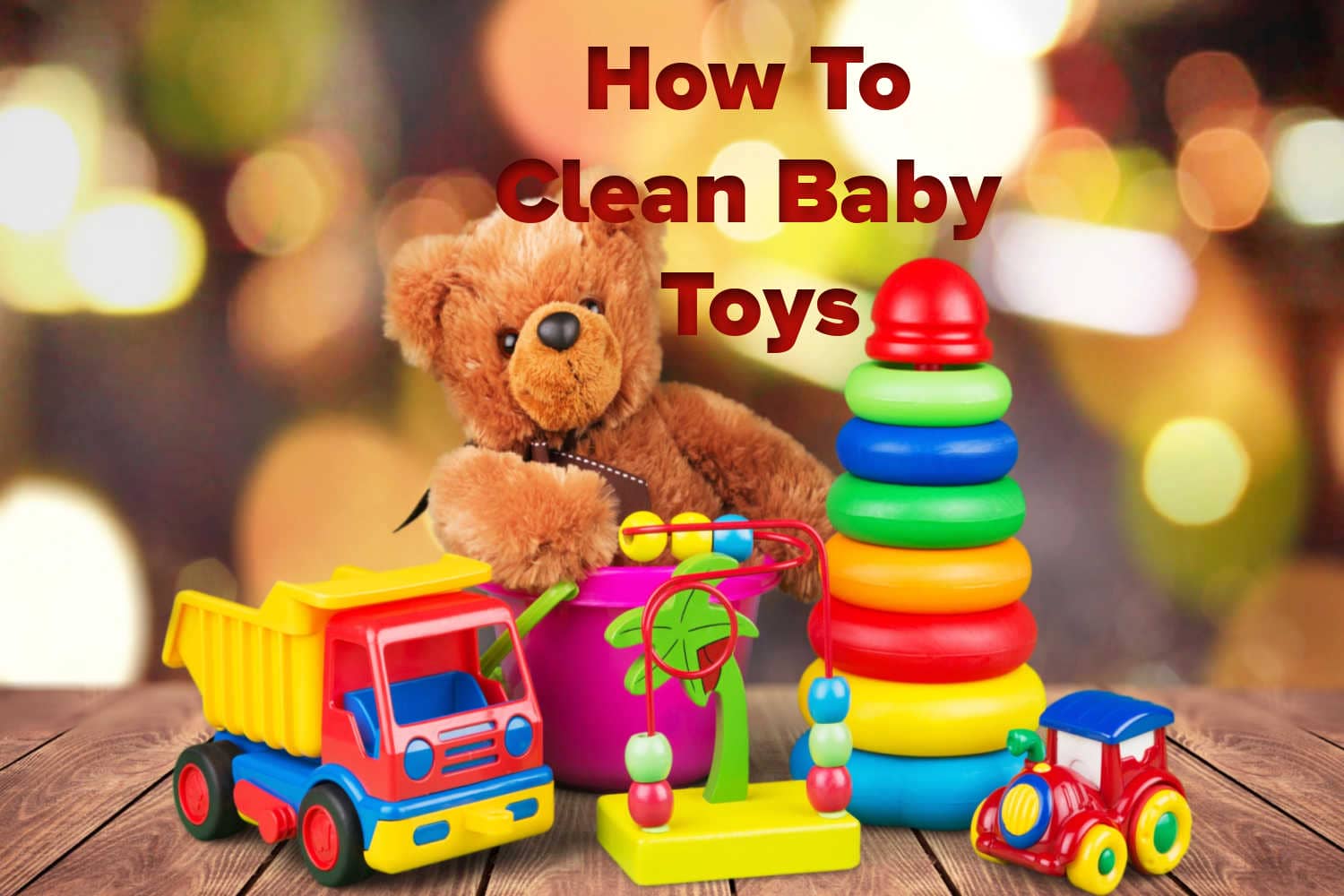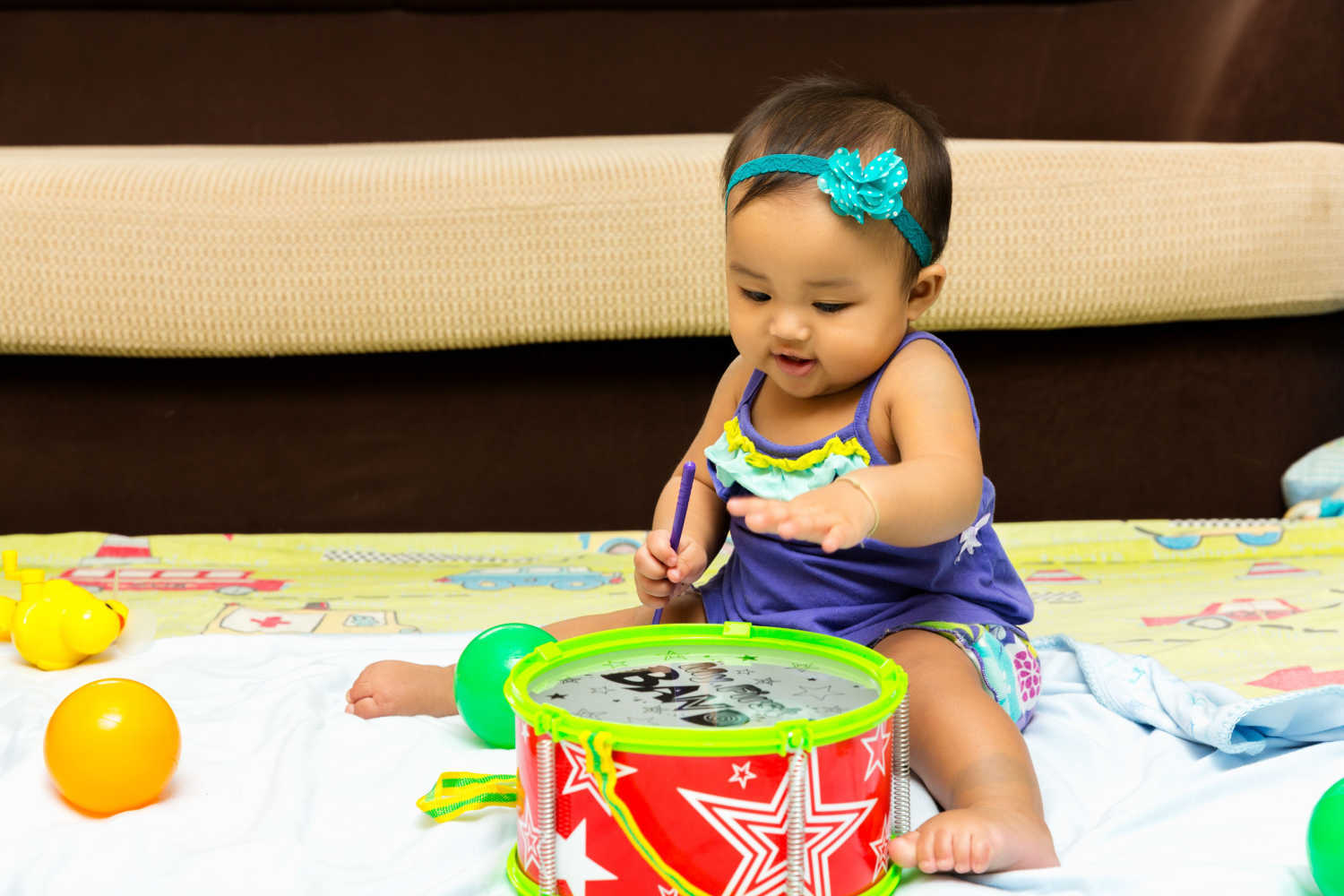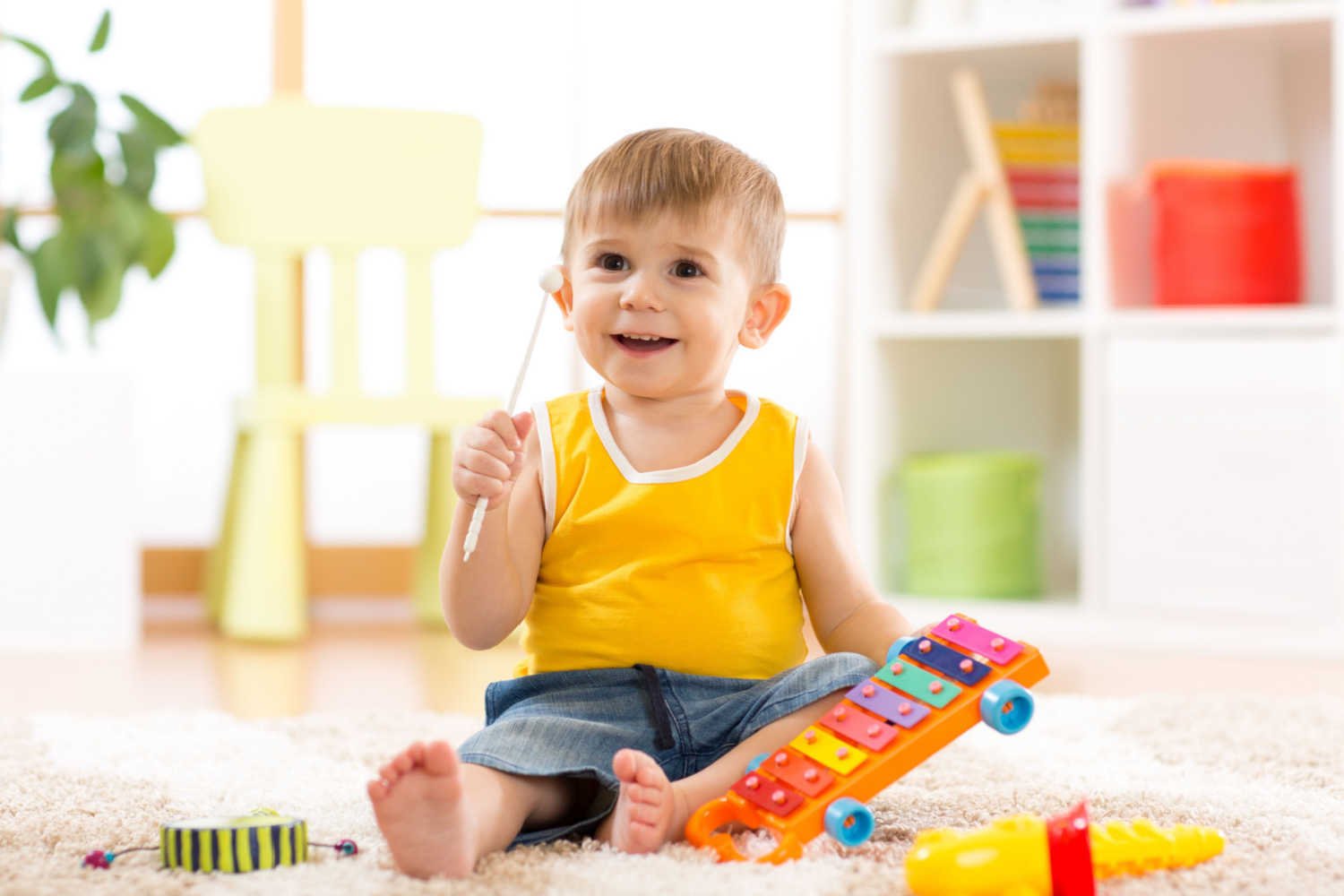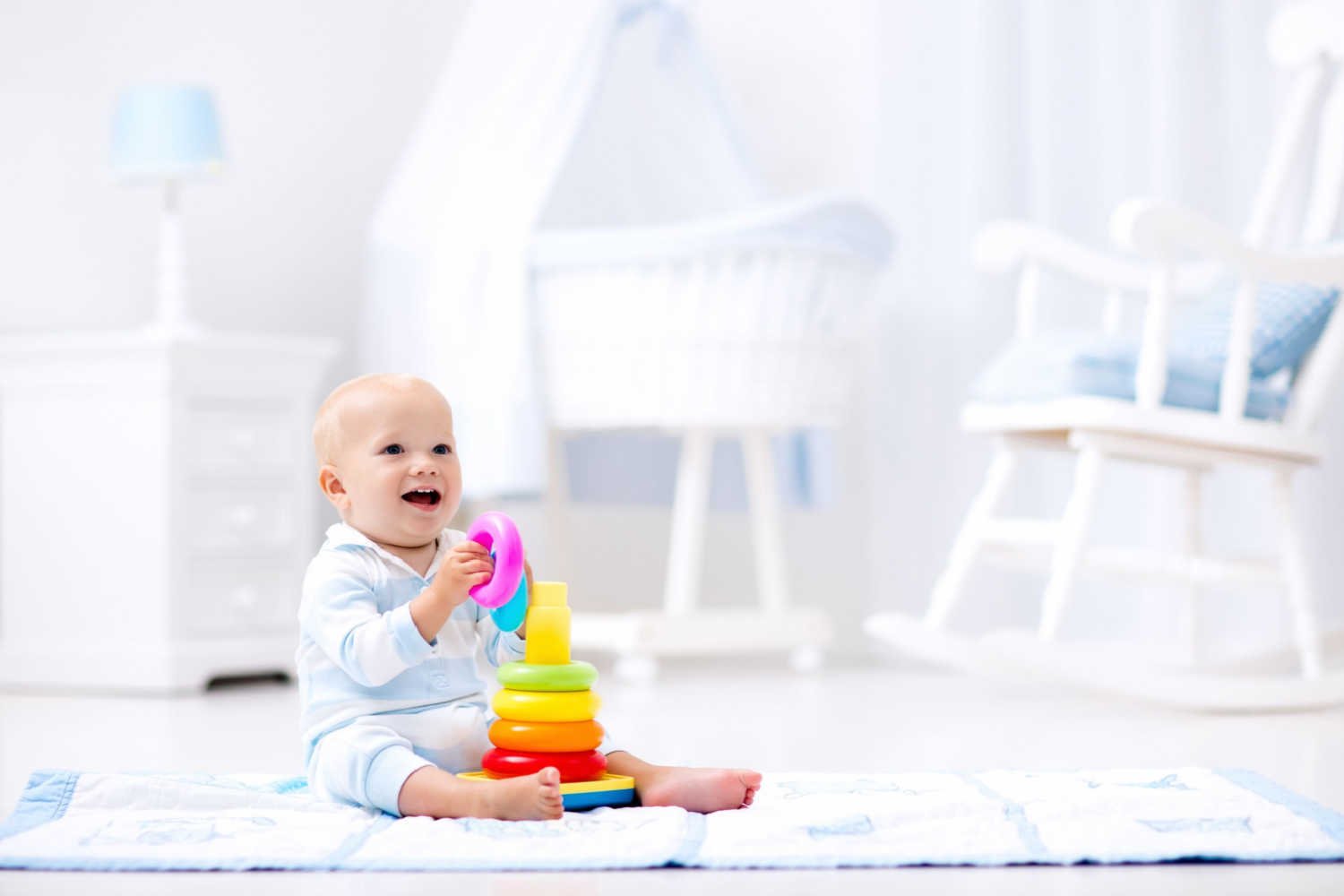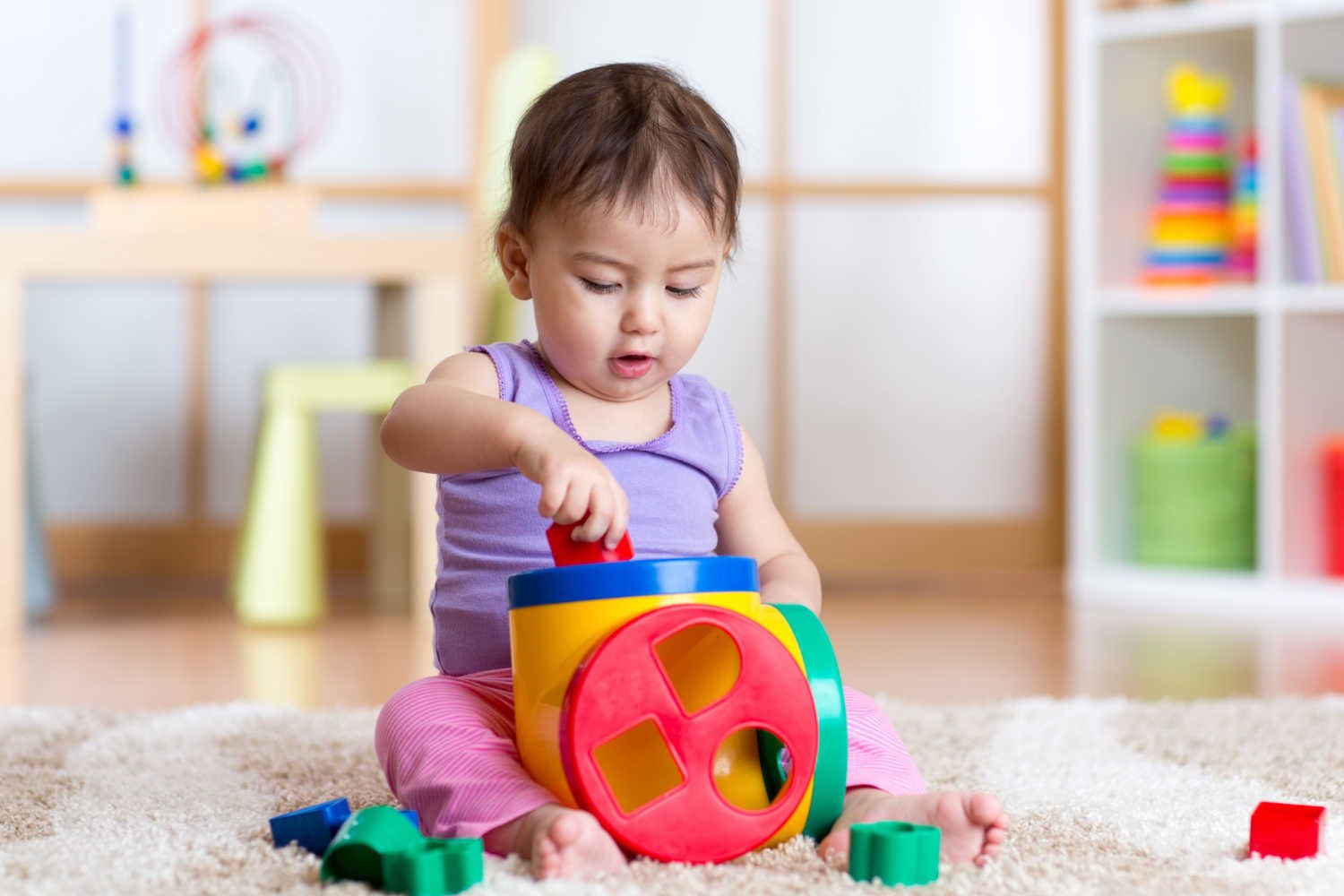Sensory DEVELOPMENT – TIMELINES AND WHAT TO EXPECT
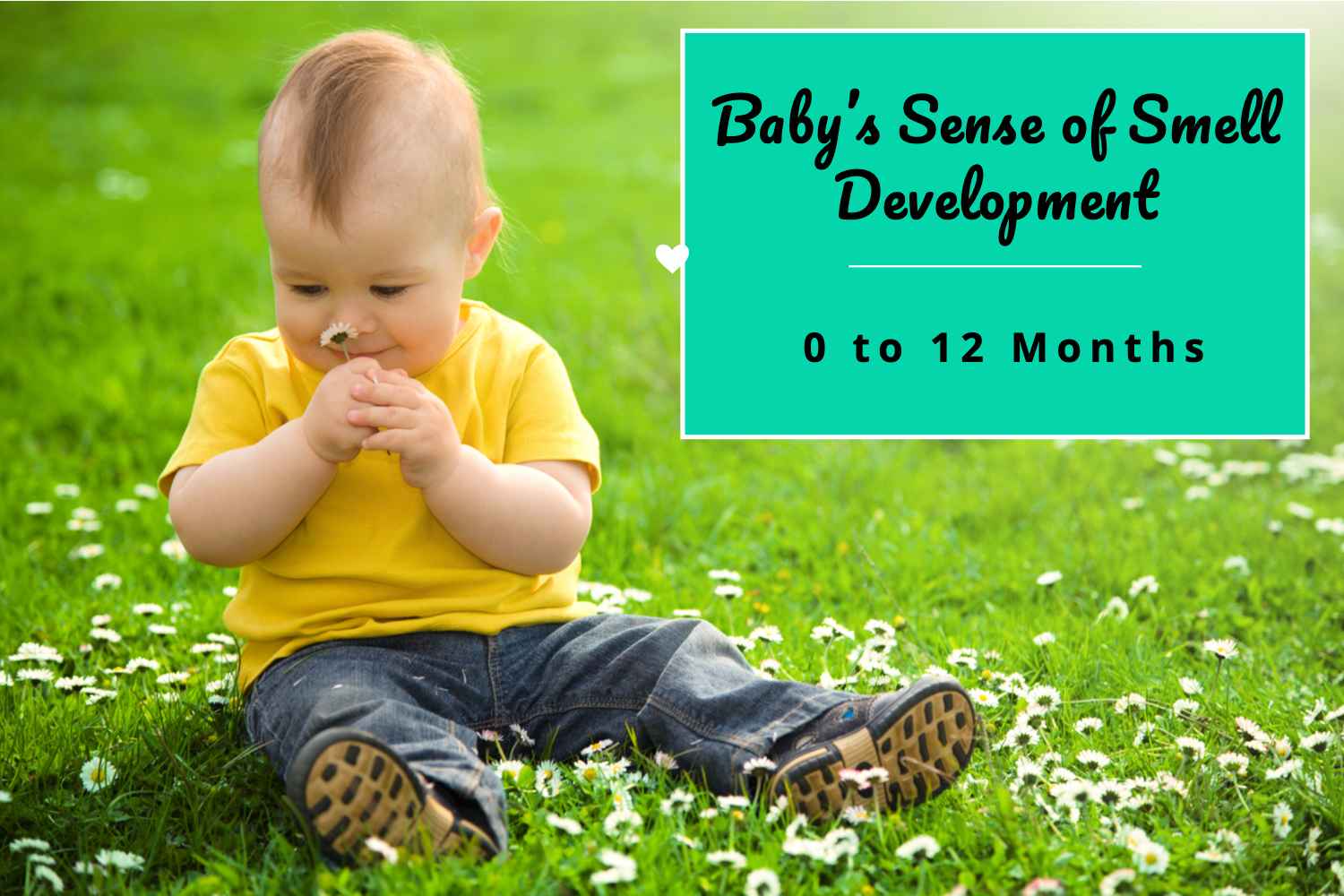
We are all born with a nose and the sense of smell is very important to carry on with regular life. When does this sense organ start developing? Do newborn babies have a sense of smell? Or do they develop it as they get older, like other skills? You will be surprised to know that a baby’s sense of smell development starts in the mother’s womb and is fully functional at birth.
This sense of smell is vital for the survival and proper development of babies. Smell and taste and inter-related and babies accept feed only when they like and recognize the smell. As babies cross the 6th-month mark, this relationship between smell and taste will influence their food habits too. Let us learn more about the baby’s sense of smell and how and when it develops.
In This Article
DO NEWBORN BABIES HAVE A SENSE OF SMELL?
Yes, babies are born with a very keen sense of smell. They quickly learn the smell of their mother, primary caregiver, breastmilk, their room, and many others. Apart from the lighting and temperature, the smell of a room also triggers a baby. They know they are in a new place when it smells different.
They say a baby can smell breastmilk from a distance. This is why you can see a baby cry the minute the mother walks in. She need not touch or speak but the baby will know the mother is nearby.
BABY’S SENSE OF SMELL DEVELOPMENT AFTER BIRTH – MILESTONES
According to studies, the brain’s olfactory centre forms in the fetal stage itself. It develops as the baby develops and a baby is born with a very good sense of smell. This is why a newborn who is unable to see beyond a few meters or focus on a person’s face, will know if their mother or someone else is holding or carrying them.
Similarly, a baby is able to identify who is carrying them even with their eyes closed. So how does this sense of smell develop in a baby? Does it change month after month as it does with other skills? Let’s find out!
Birth to First Few Weeks (0 to 2 Weeks)
A newborn can smell and understand the scent of their mother and mother’s milk.
Some babies can even differentiate between their mother’s milk and another woman’s milk, or formula. This is why some babies reject other milk even before tasting it.
They know their primary caregivers’ smells. If someone new were to carry them, they can resist and cry to show disapproval. The minute they are handed back to their mother and they get her smell, they feel comforted and calm down.
First to Three Months (1 to 3 Months)
Babies start building their memory based on the experience they have with smells – parents and cuddling, strange smells can indicate strangers, and the absence of a mother’s smell can indicate she is not close by.
When they are 3 months old, their limbs are stronger, and they also have better control over their neck. So, if they encounter a smell they don’t like, they can kick, cry, and turn away to show disapproval or fear.
Four to Six Months (4 to 6 Months)
At this stage, you can introduce your baby to new food items. They prefer some foods over others, mainly by the smell. The texture comes next.
If your baby does not like the smell of a food item, they can refuse to eat it. Some strong-smelling foods can make them gag too.
The sense of smell plays an important role in their choice of foods.
[Read : Baby And Solid Foods: When And How to Introduce]
Seven to Nine Months (7 to 9 Months)
Babies can move at this stage. They may move towards toys or food items based on the smell, in addition to the bright colours and textures.
They will pick foods off the plate and eat or spit depending on the smell and taste.
Ten to Twelve Months (10 to 12 Months)
Now, if you try to trick them into eating something, it may not be so easy anymore. Even if you try to give them different milk in the same bottle, they can differentiate even before tasting it. That is how sharp their sense of smell is at this stage.
By this stage, they are able to identify strangers and family members with their smell. You can even try making a new person wear the baby’s mother’s or father’s clothes. You can see the obvious confusion on the baby’s face.
They learn to recognize their parents’ perfume and other smells that help them realize their presence in the room, even before seeing them. At this stage, if you need to leave your baby for some time or overnight, you can give them your blanket or clothing for the comfort of smell.
TOP 4 FACTORS AFFECTING BABY’S SENSE OF SMELL DEVELOPMENT
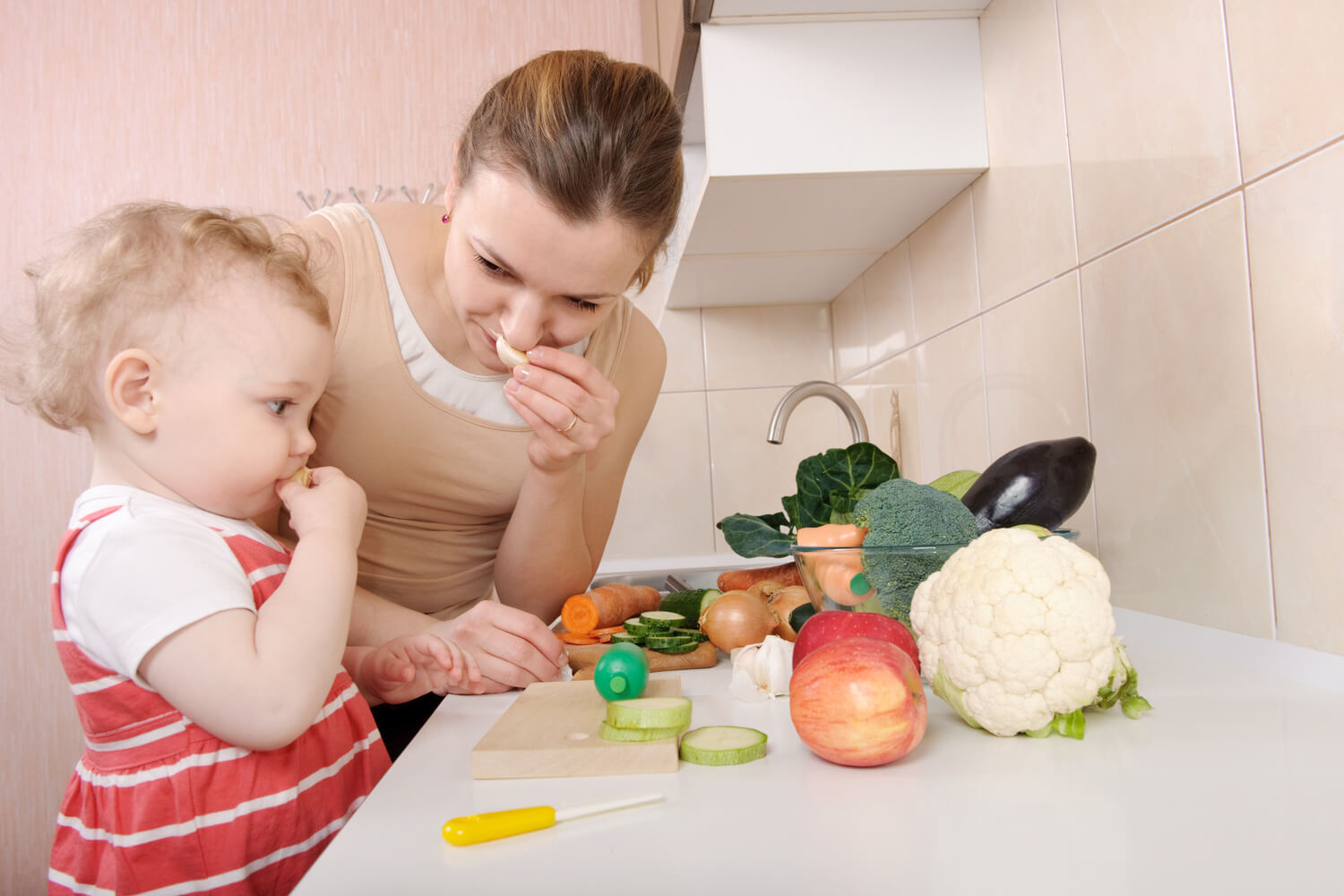
Just like with everything else, external and internal factors can affect the baby’s sense of smell. Some babies can smell better than other babies while other babies may not be able to smell at all.
Some of the factors that can affect a baby’s sense of smell are:
1. Respiratory Infections
A common cold or a stuffed nose can affect the baby’s sense of smell, just like it can with us adults. They may seem very irritated and even the mother may not succeed in pacifying them as the baby might take time to pick the mother’s scent.
2. Additional Medical Issues
Hyposmia is when one cannot smell much and Anosmia is when one cannot smell at all. If a baby is born with either of these issues, it can deeply affect their sense of smell. You may take time to recognize this if the doctors miss it.
3. Premature Birth
Premature babies take time to develop in every way. Though the olfactory senses develop in the womb at week 10 itself, a preterm baby may not pick scents as well as a full-term baby. They may require a little more time to reach that level.
4. Strong Smells
When a smell is too strong, it can be too much for a baby to process, they may start crying to show their discomfort. It can hinder their ability to pick on a familiar scent.
For example, if the mother wears a new and strong perfume before stepping out, and comes to the baby to give a kiss, it can irritate the baby’s senses. The strong perfume smell will prevent the baby from realizing the mother’s familiar scent.
The nose is one of the sense organs and the sense of smell is very crucial in day-to-day life. There are many factors that can affect this sense. If your baby is unable to smell well, you need to identify the reasons, help your child get better, and support them until they can smell well.
[Read : Baby Crying – Causes And Tips to Calm Your Baby]
FAQ’S
1. How Do I Introduce My Baby to Smells?
You can give them multiple things to hold, smell and understand including perfumed books, food items, and toys. You need to take it slow and not overload their sense of smell. Give them time to get used to a smell.
2. How Far Can a Baby Smell Their Mother?
Babies can recognize the scent of their mother as early as day 3 of their lives. As the bond gets stronger, the babies learn to recognize this scent from a distance too (varies from baby to baby). During weaning, the mothers are advised to stay out of the room or sometimes stay even further away, when it is time for bed or a feed.
3. Can Babies Remember Smells?
Yes, they can. The sense of smell develops memory too. Babies remember what something or someone smells like and associate it with recognizing or remembering experiences in the future.
Read Also: Baby Hearing Development After Birth – Timelines And What to Expect
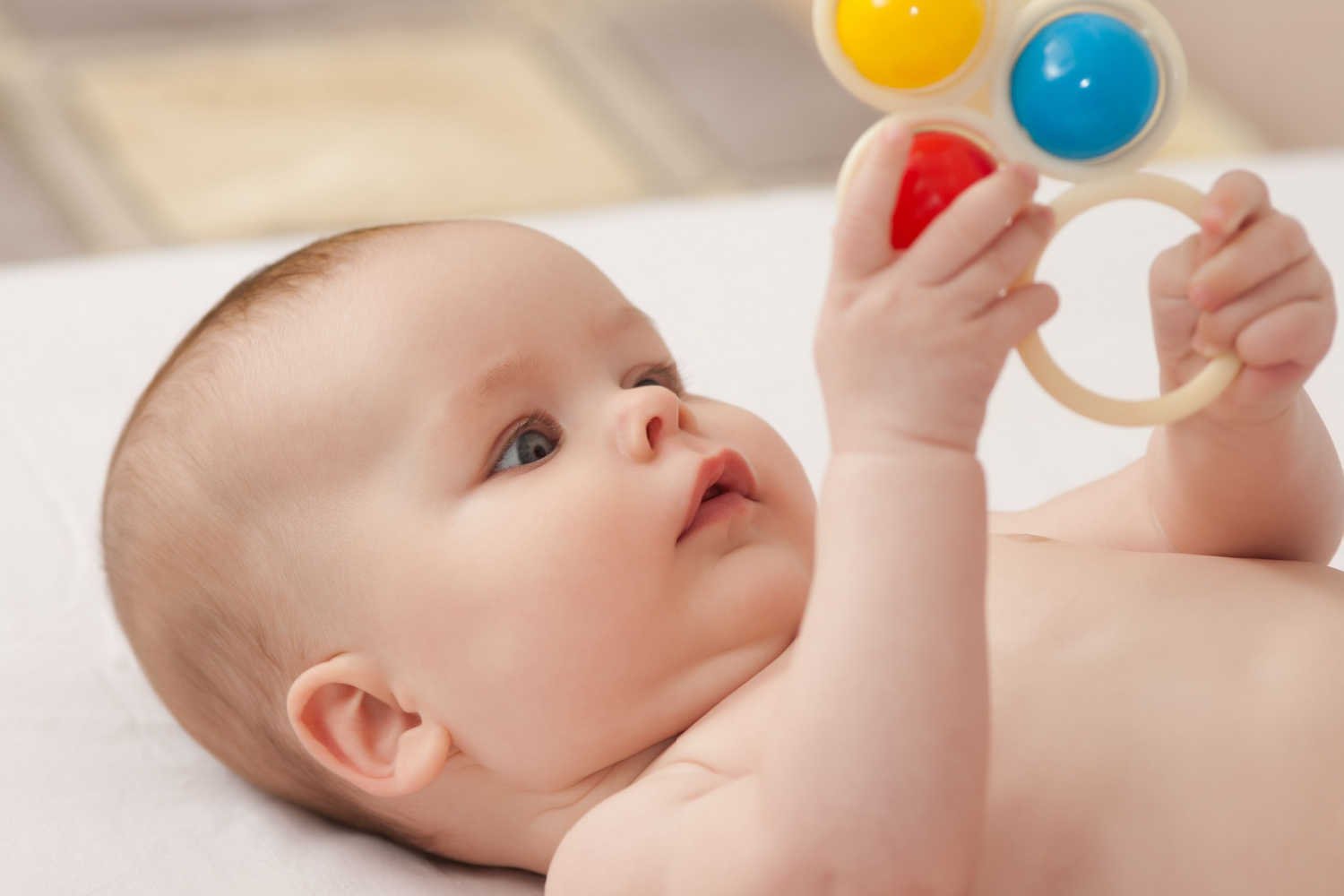
Rattles For Babies – How it Helps in Baby’s Development
Over the years, you would have seen many babies’ fingers wrapped around the rattles. Now, it’s your turn to buy your baby a rattle because your little one would enjoy the random sounds it makes. They are curious to find out the source of the sound. Rattle brings joy and happiness into a baby’s life. Your baby discovers how to play with toys, and rattles are one of the....

Top Fun Games to Play With Your Baby(0 to 12 Months)
Babies are a bundle of joy and they keep surprising us with the new talents they seem to acquire every day and they love to show off too. You, as a parent or a caregiver, can help fuel your little one’s curiosity and interest. So how can you do this? There are many simple and small games that you can introduce to your baby depending on their age. In this article, we list the top fun....
6 min read

Top Best Baby Songs to Sing to Your Baby With Videos
Babies love music. Sing to your baby and watch how they focus all their attention on you with a gleeful smile that can melt your heart. As you sing to them, they will slowly catch up and start singing or humming along in their own cute way. Watching babies trying to hum in their own way can be extremely cute and joyful to watch. Here are some top sweet baby songs you can sing to your....

Fun Things To Do With Your Newborn Baby
Bringing your newborn baby home is one of those moments that cannot be described in words. It marks the end of your wait and presents you with the joy of parenthood. Once the daily routine has been chalked and well imbibed into your and the baby’s lives, you start building....
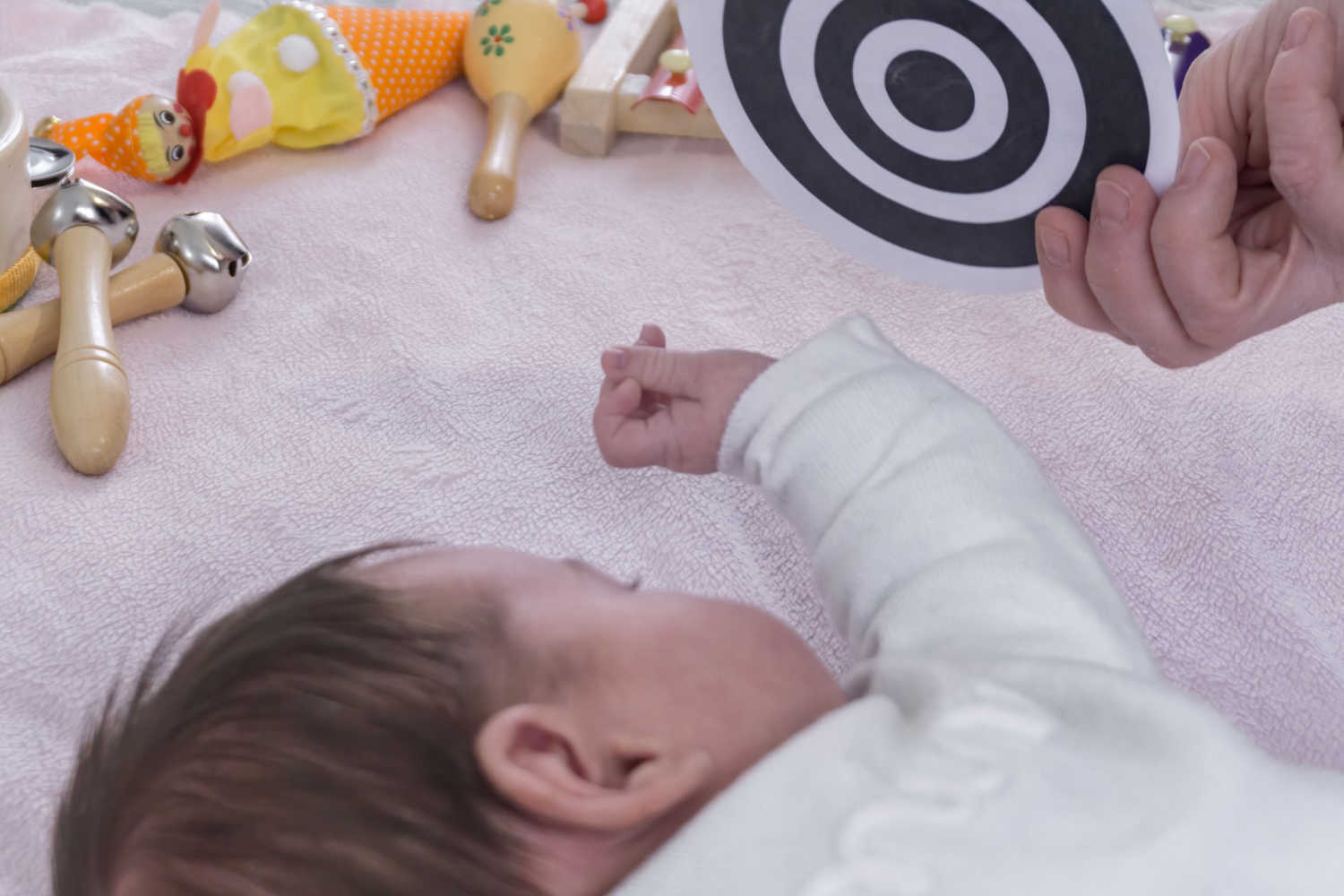
Babies are born with very little sight. They can’t see beyond 12 inches during their first week and the range of vision slowly increases with time as the baby grows. Your baby can’t see colors until they are around 6 months old. Until then, they see everything in black and white. This is why black and white toys for newborns can be highly beneficial Toys are for entertaining a baby. What is the point of giving them colorful toys with bright lights when all they can see is black and white? So, do you invest in black-and-white toys and switch to colorful toys later? Think it’s a waste of money? Think again, because investing in black-and-white toys can be very beneficial for a newborn baby. In This Article What Are Black and White Toys? Why Are Black and White Toys Important For Newborns? When to Introduce Black And White Toys to Your Newborn? ..

Spoon Feeding a Newborn – Why Should You Consider It?
Breastfeeding comes naturally to all newborn babies. When it comes to difficulties with breastfeeding, we are aware of the milk supply and other issues a mother faces. Did you know babies can have trouble sucking too? In such situations, spoon feeding a newborn is a common practice. Have you ever seen a nurse, or a mother feed a newborn some breastmilk with a spoon? Did you know many doctors recommend spoon-feeding to bottle-feeding to encourage breastfeeding in babies? Many doctors and hospitals are against bottle feeding a newborn, as a policy. In This Article Why Breastmilk is Important For a Baby? Why Consider a Spoon, Pallada, or Cup For Feeding a Baby? Is Spoon Feeding Better Than Bottle Feeding? ..
5 min read

Newborn Baby Poop Colors – Everything You Need To Know About
Babies poop a lot. Yes, we are going to talk about baby poop. Ask a new parent and they will tell you the sheer number of diapers they have to go through in a single day. The frequency can take many new parents by surprise. Can such a tiny person who drinks just drops of milk, poop so much and there are so many Newborn baby poop colors too. Oh yes, babies poop in colors. As a new parent, you will find yourself not just counting diapers and feeding sessions, but also analyzing the poop. The various colors of a newborn baby’s poop can be quite confusing and can sometimes even worry a parent who has no idea about what those colors indicate.

A new baby may bring joy into your life, but it can also be stressful, scary, and overwhelming. Caring for a newborn, defined as an infant less than 28 days, is a challenging task, but one that may be made easier with preparation and good information. As time passes, parents become more attuned to and knowledgeable about their child’s needs, wants, and routines. Here are some suggestions for what parents should focus on, what routines they should adopt, what they should do, and what they may safely ignore. Tips And Guidelines On Taking Care Of Newborn Babies are not only bundles of joy, but also a lot of responsibility. There are always a lot of queries and anxieties regarding the baby’s well-being in a mother’s mind. Here are some tips and guidelines on caring for a newborn. 1. Consulting Your Pediatrician It is very important to consult your doctor regarding any queries that you have. Be it about what to feed the baby, how to handle the baby, how to put him/her to sleep, etc. It’s important to ask your pediatrician all the right questions to keep your child from feeling uncomfortable..
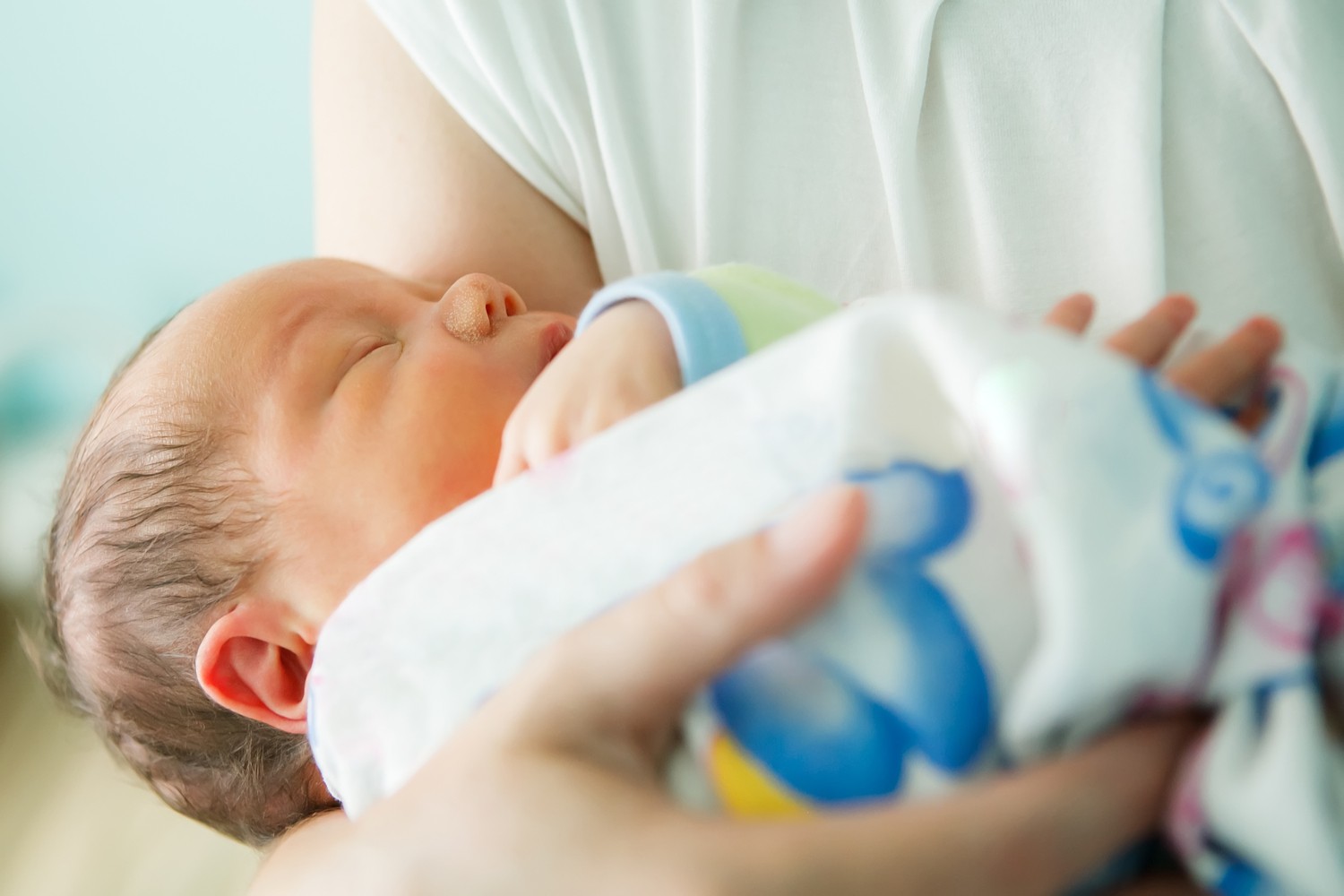
How to Hold a Newborn Baby – Positions And TipsFor new mothers, the question, ‘how to hold a newborn baby?’ is a weighty one. Newborns can’t move their necks. So, in all the holding positions you will have to support their head and neck. In this article, you’re going to find out five completely safe baby-holding positions. Do you know shaking a baby and throwing them in the air is dangerous? It can seriously injure your darling. Thus, pick up your little one with care, and don’t let the soft spots on their head touch any hard objects. Moreover, keep a baby cradle handy whenever someone else is holding your precious one. Read on to find out more about holding a baby. In This Article How Should You Pick up a Baby? What Are the Different Baby Holding Positions? Common Mistakes You Should Avoid While Holding a Newborn ..
6 min read
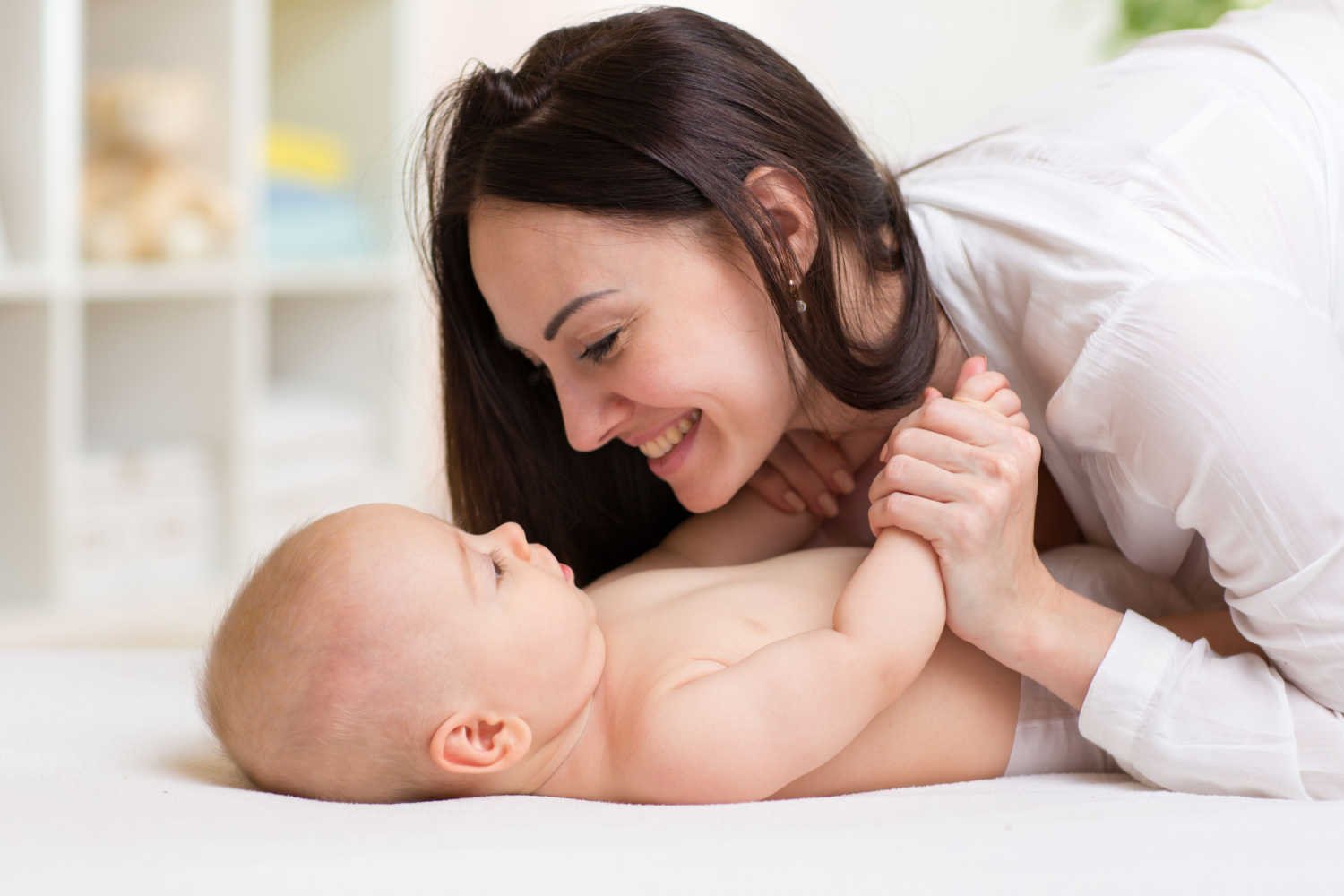
10 Tips To Communicate With NewbornWe all know that babies can hear you from the womb. And we have all spent some time every day looking down and talking to the tummy, feeling a bit sheepish but enjoying the chat nevertheless. And then you deliver and out comes the baby who is eager to communicate with all and sundry in the only language he knows – crying! Motherhood is difficult. You are in pain, you are sleep-deprived, you have crazy feeding schedules and you are just tired all the time. It is easy to ‘forget’ talking to the baby the way you did during the much ‘peaceful’ pregnancy period. In fact, many of us get so consumed by the new life that we forget the little chat. Don’t. This article gives you a few tips to help you communicate better with your child. In This Article Why Is It Important To Communicate With Your Newborn? How Do Babies Communicate? 10 Ways To Communicate With Your..
5 min read
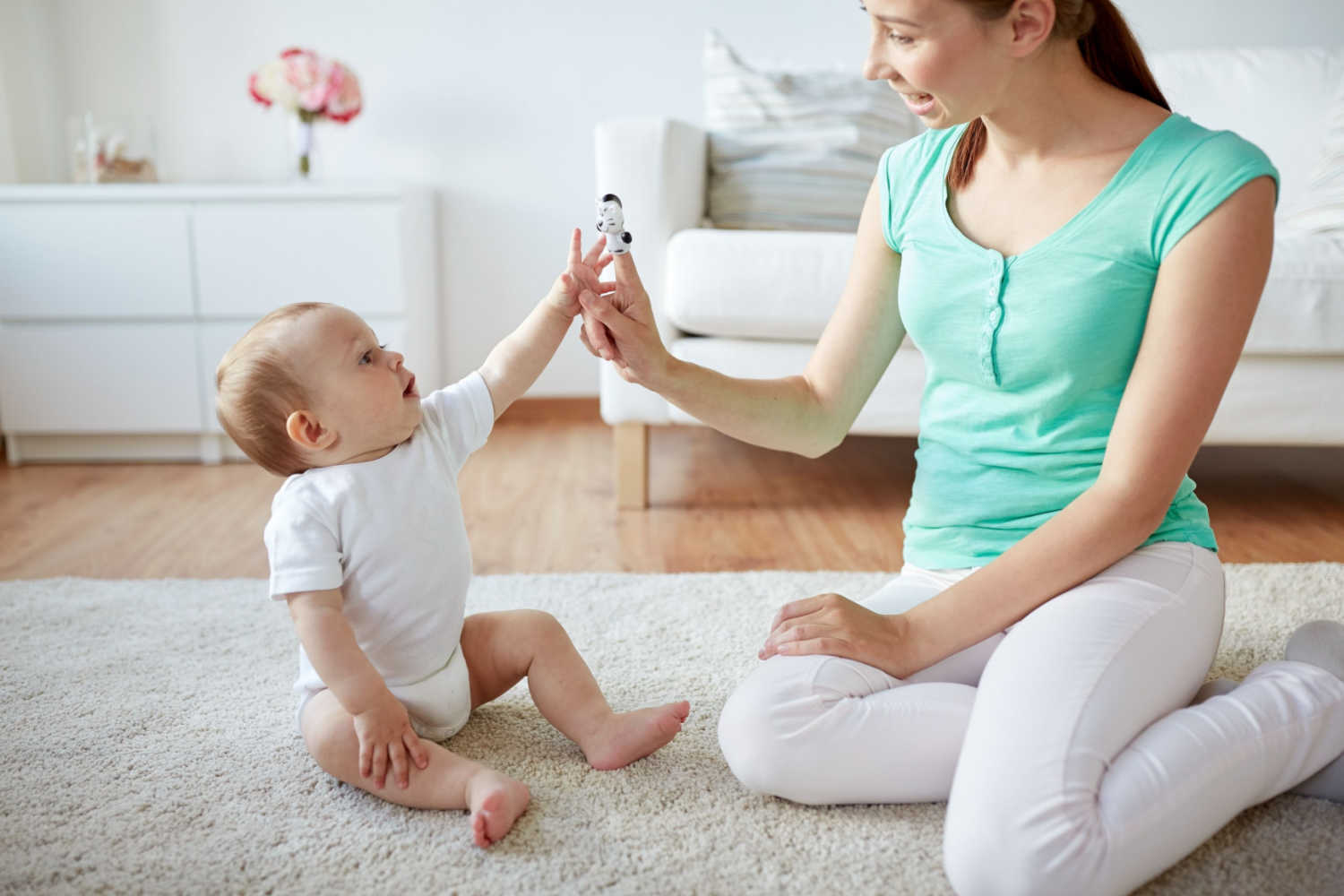
Finger Play For Babies – How it Helps in Baby’s Motor Development and Top Finger Play Songs
Have you noticed how little babies love to gaze at their own fingers? If they are bored and you have nothing to entertain them with, you can just wiggle your fingers in front of their eyes, and they will shift all their focus to the fingers. Babies love fingers and that’s why finger play is very crucial for a baby’s development. In this article, we will learn all about the importance of finger play for babies. Coming up with games to entertain a baby can seem simple and straightforward, but it is tougher than it looks. Since their attention span is very small, you need interesting ways to encourage them. When you have some great finger-play ideas, you can turn any cranky situation into a calm and fun time. In This Article What is Finger Play? Why is Finger Play Important For Babies? When to Introduce Finger Play For Babies? Top 5..
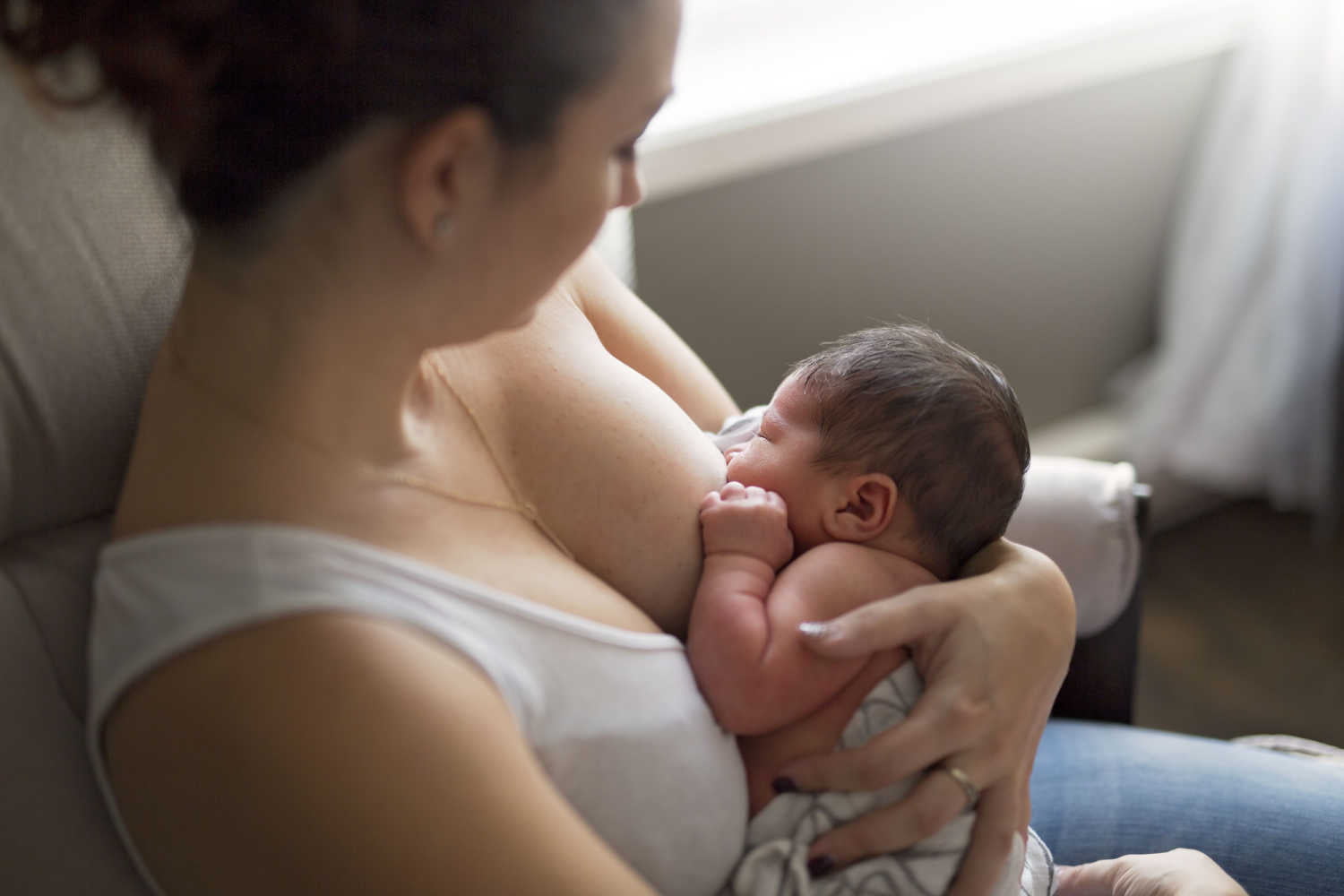
Should I Wake My Sleeping Newborn to Feed?
The dilemma of waking your newborn baby to feed is a very real one, especially for new mommies. Never wake up your babies while sleeping; obvious advice is given to young mothers. After all, a tiny one looks calm and peaceful while sleeping. But if your baby is sleeping for a long stretch, it is vital to wake them up and feed them to keep their tummy full. So, when do you need to wake your newborn to feed? It is often advised to wake up your newborn after every 3-4 hours to feed or unless they start gaining healthy weight. Waking up your little one is best for them. Babies still do not understand hunger but have very tiny stomachs and need feeding constantly. Here we will cover the details about the right time to wake your babies to feed, how long you can let them sleep without eating, and the right time to feed them. So, let’s dive in. In This Article Should I Wake up my Newborn Baby to Feed? Top 3 Reasons to Wake Up Newborns For..

Caring For A Newborn
A new baby may bring joy into your life, but it can also be stressful, scary, and overwhelming. Caring for a newborn, defined as an infant less than 28 days, is a challenging task, but one that may be made easier with preparation and good information. As time passes, parents become more attuned to and knowledgeable about their child’s needs, wants, and routines. Here are some suggestions for what parents should focus on, what routines they should adopt, what they should do, and what they may safely ignore. Tips And Guidelines On Taking Care Of Newborn Babies are not only bundles of joy, but also a lot of responsibility. There are always a lot of queries and anxieties regarding the baby’s well-being in a mother’s mind. Here are some tips and guidelines on caring for a newborn. 1. Consulting Your Pediatrician It is very important to consult your doctor regarding any queries that you have. Be it about what to feed the baby, how to handle the baby, how to put him/her to sleep, etc. It’s important to ask your pediatrician all the right questions to keep your child from feeling uncomfortable..
